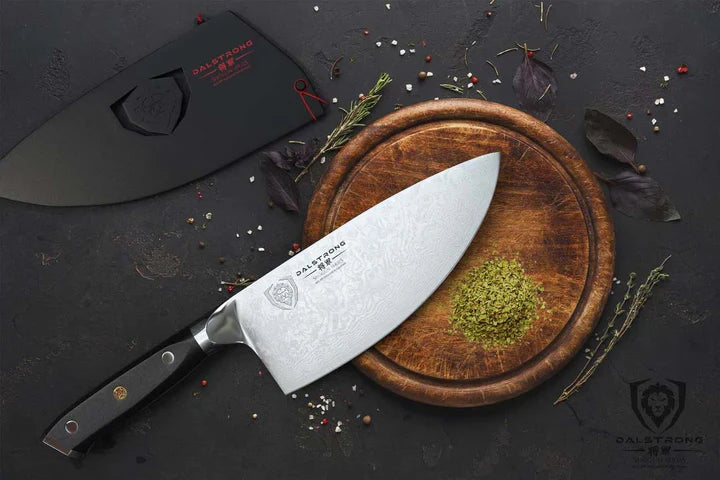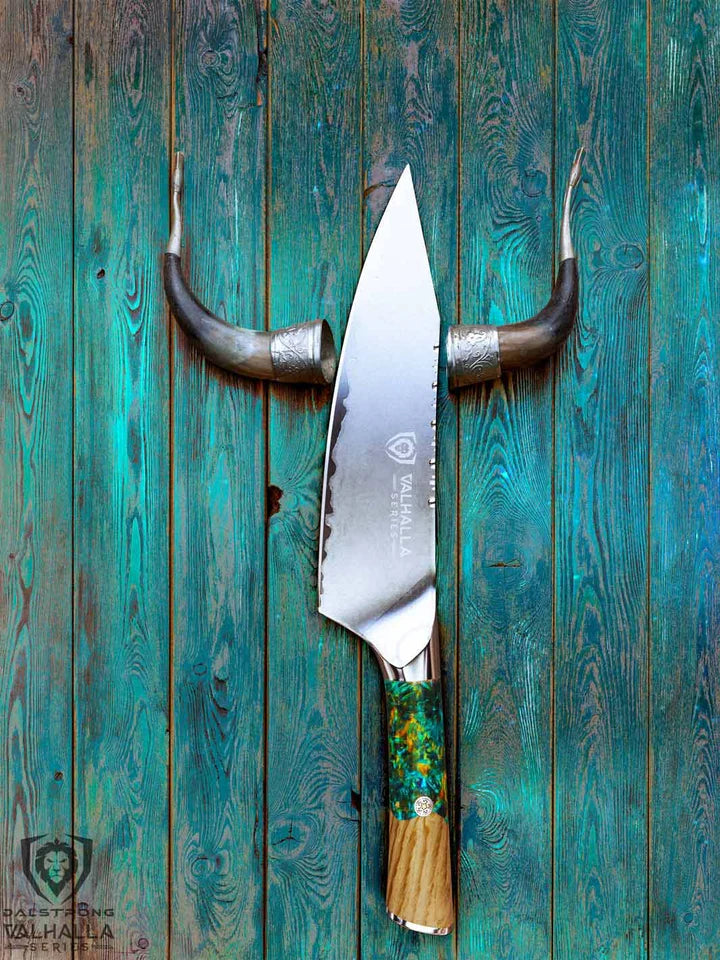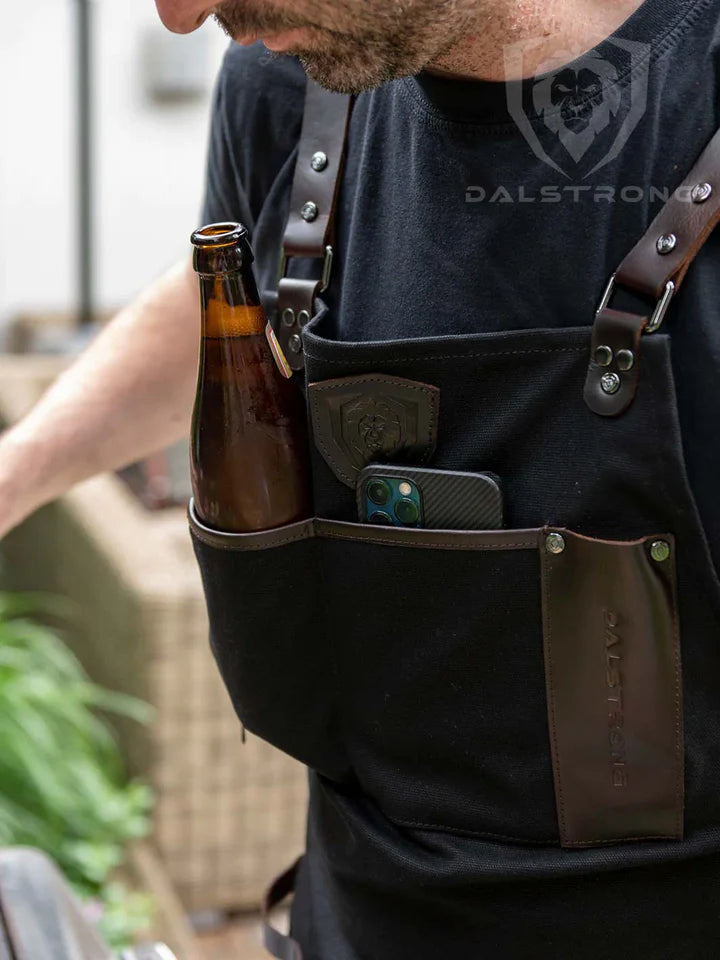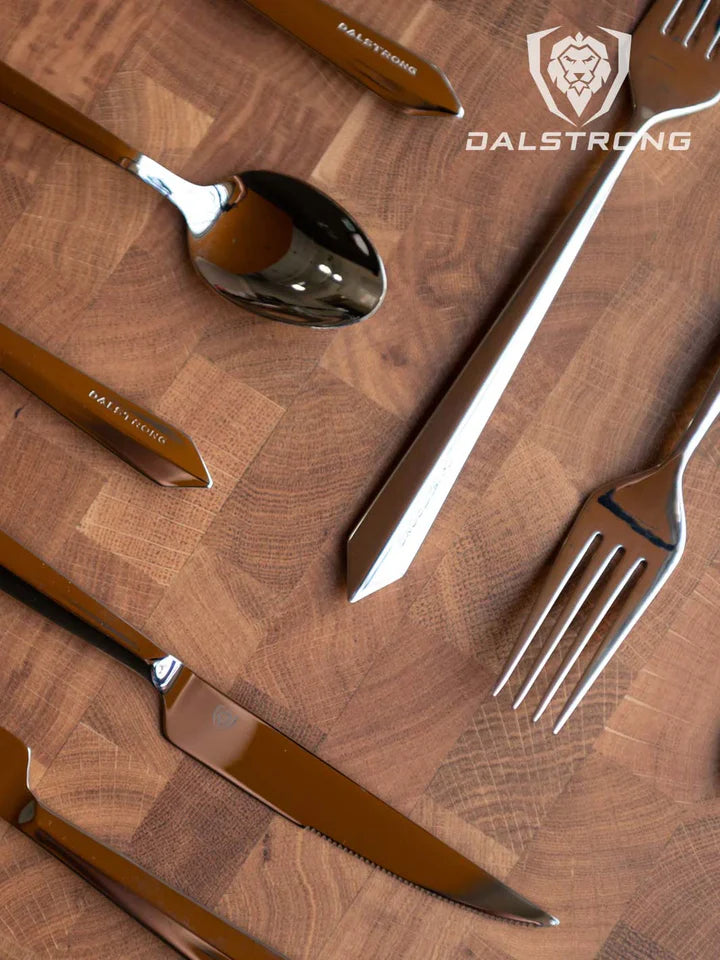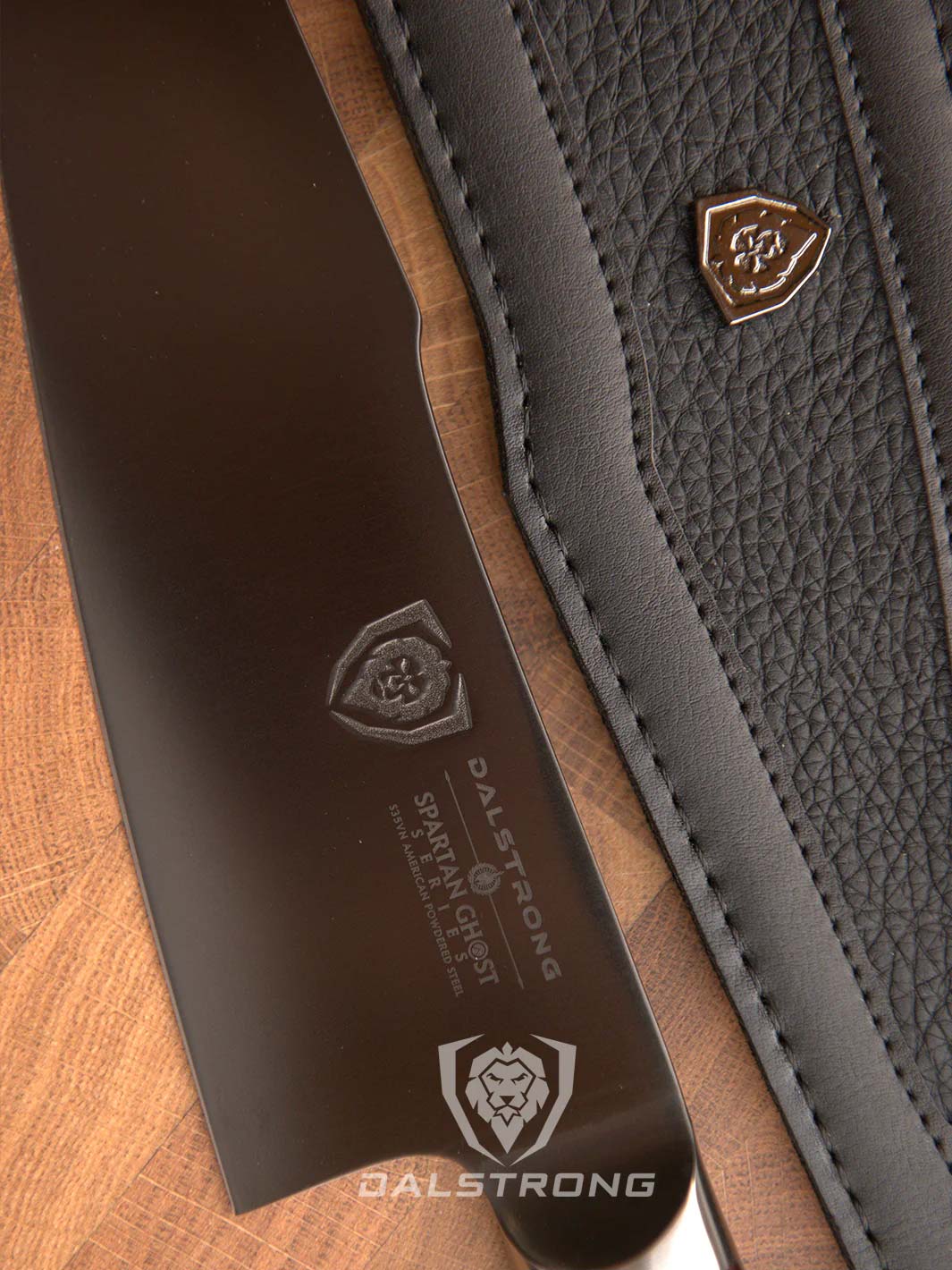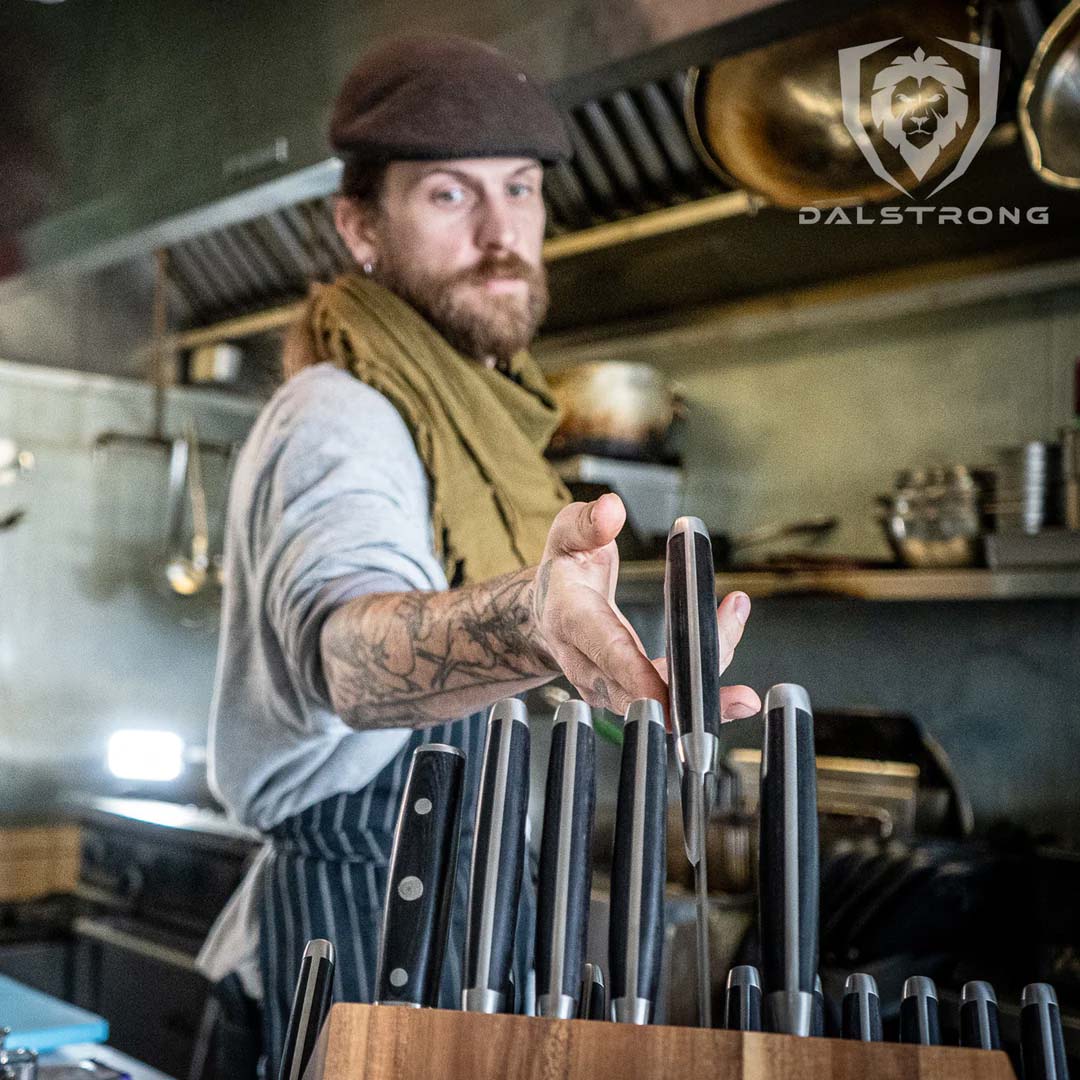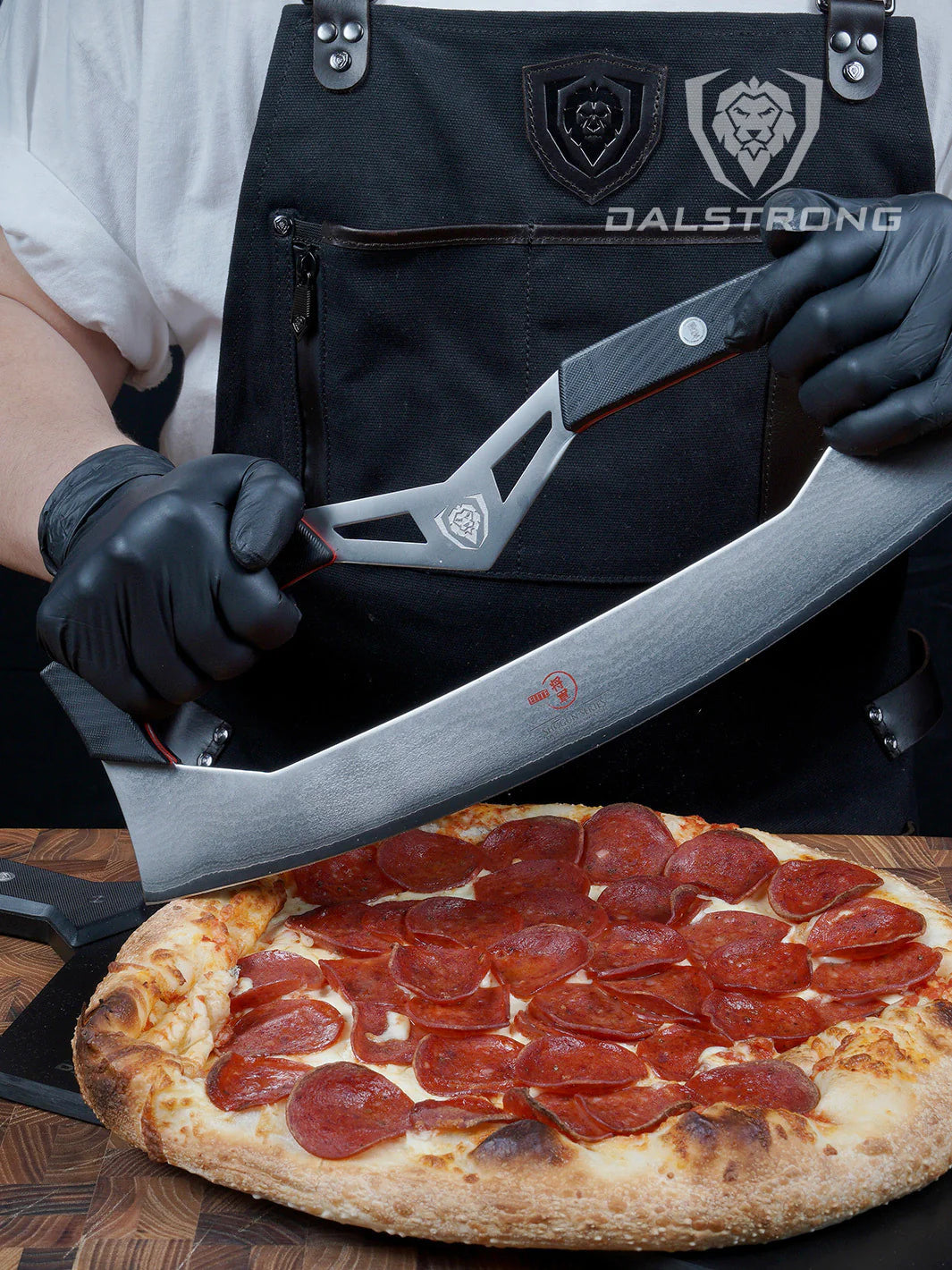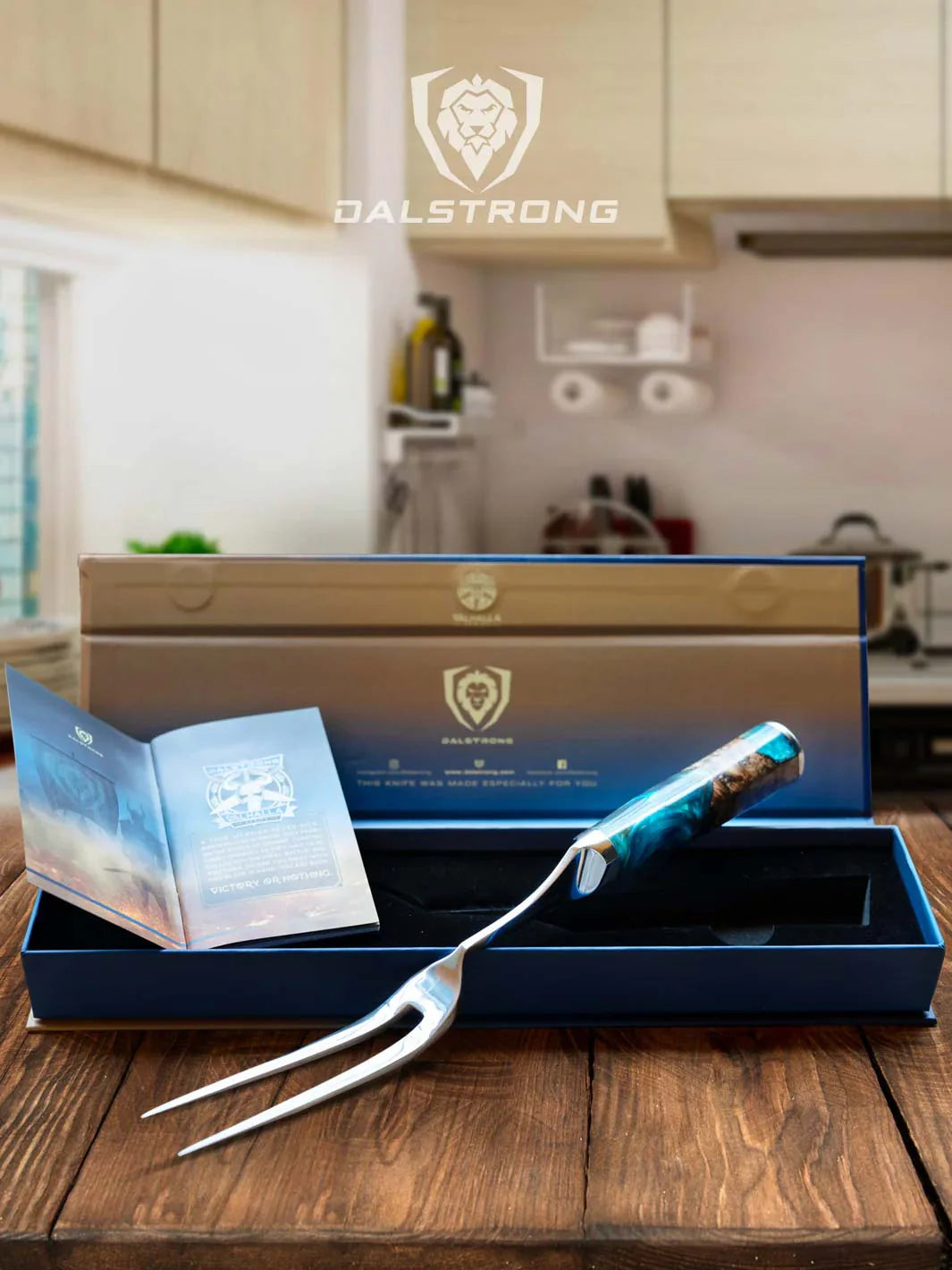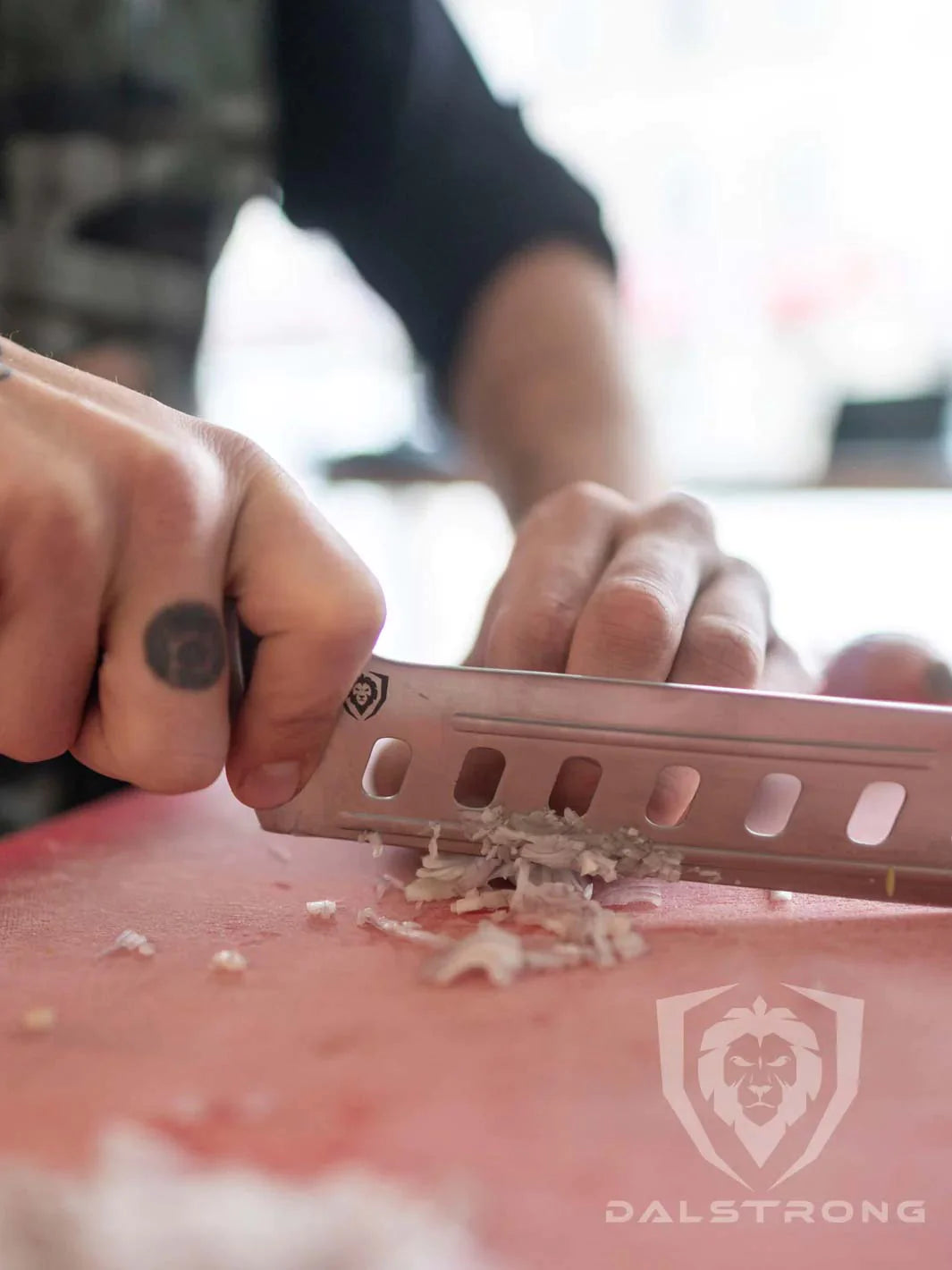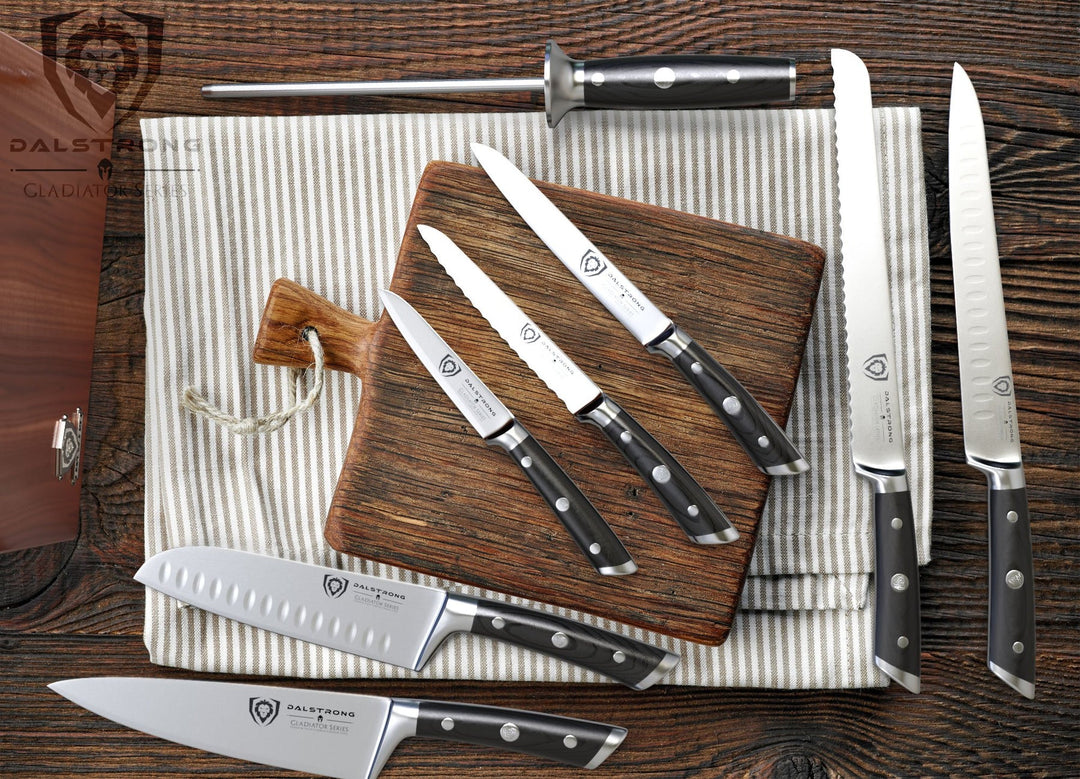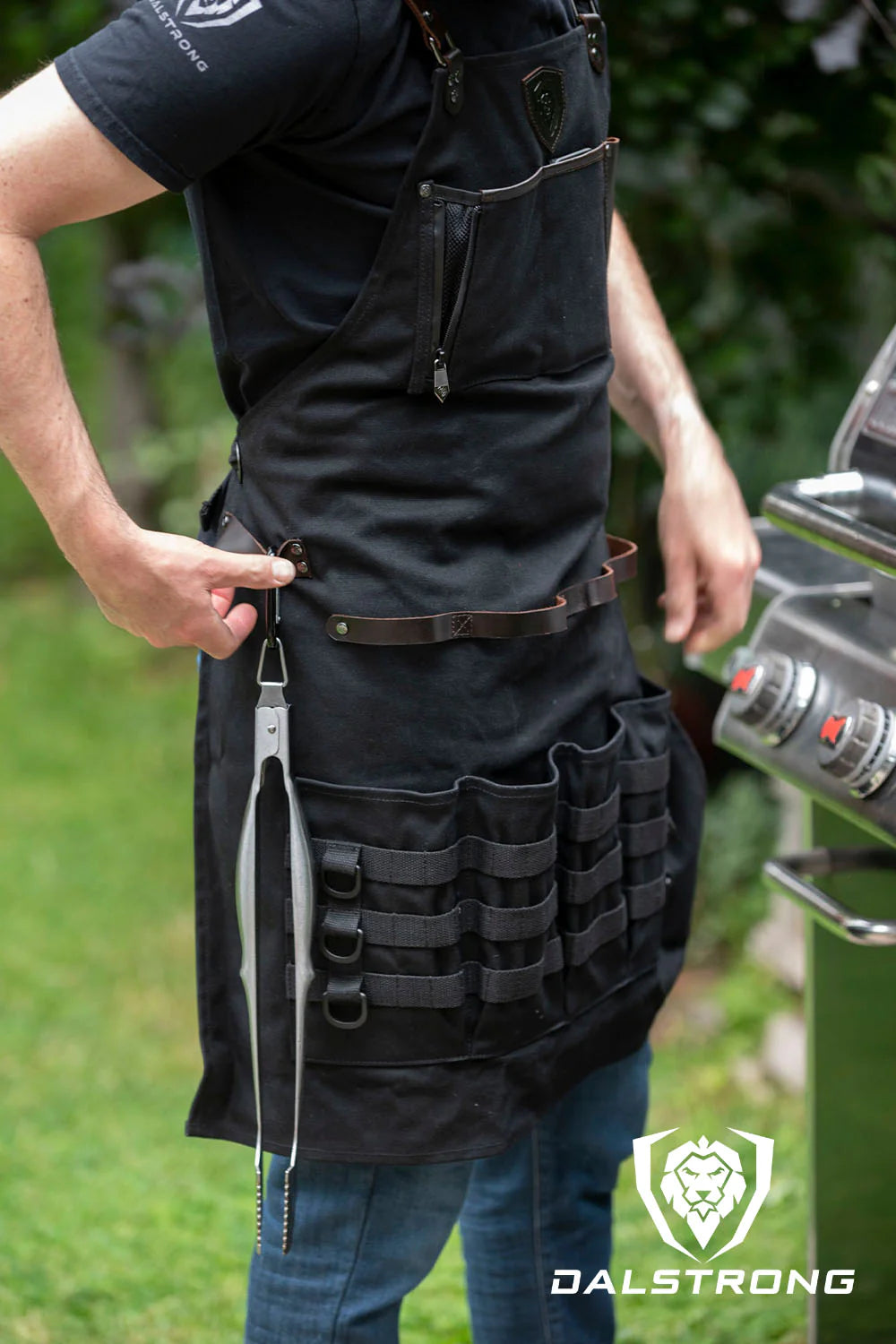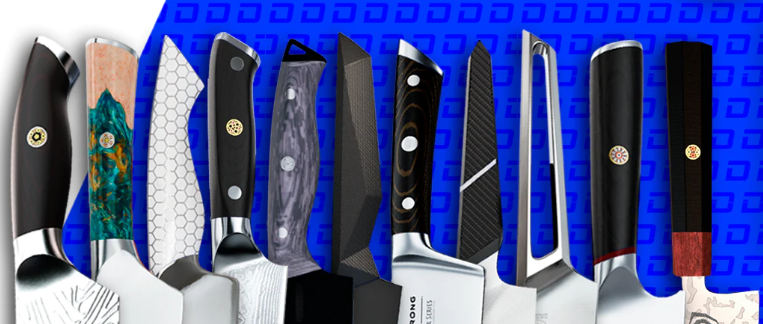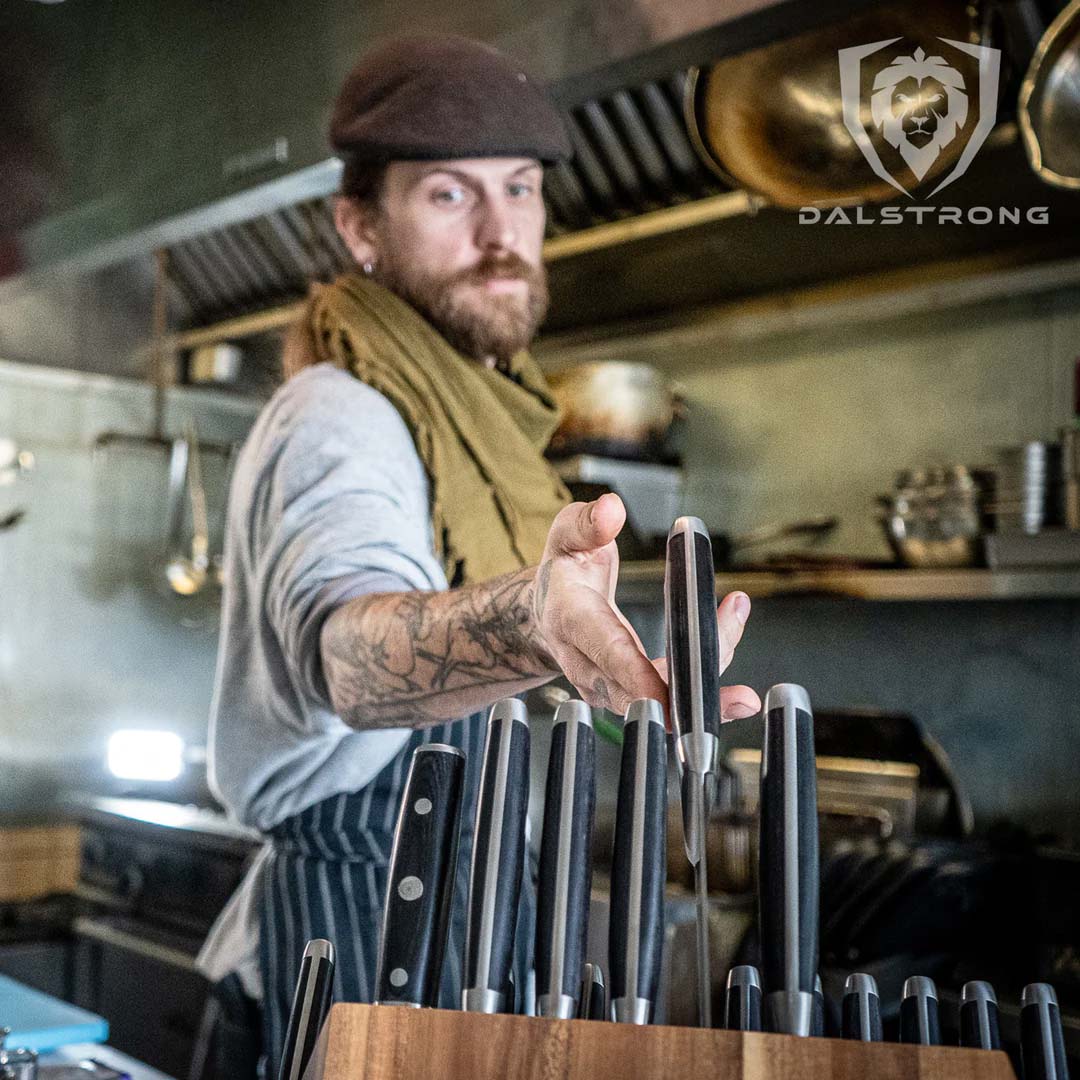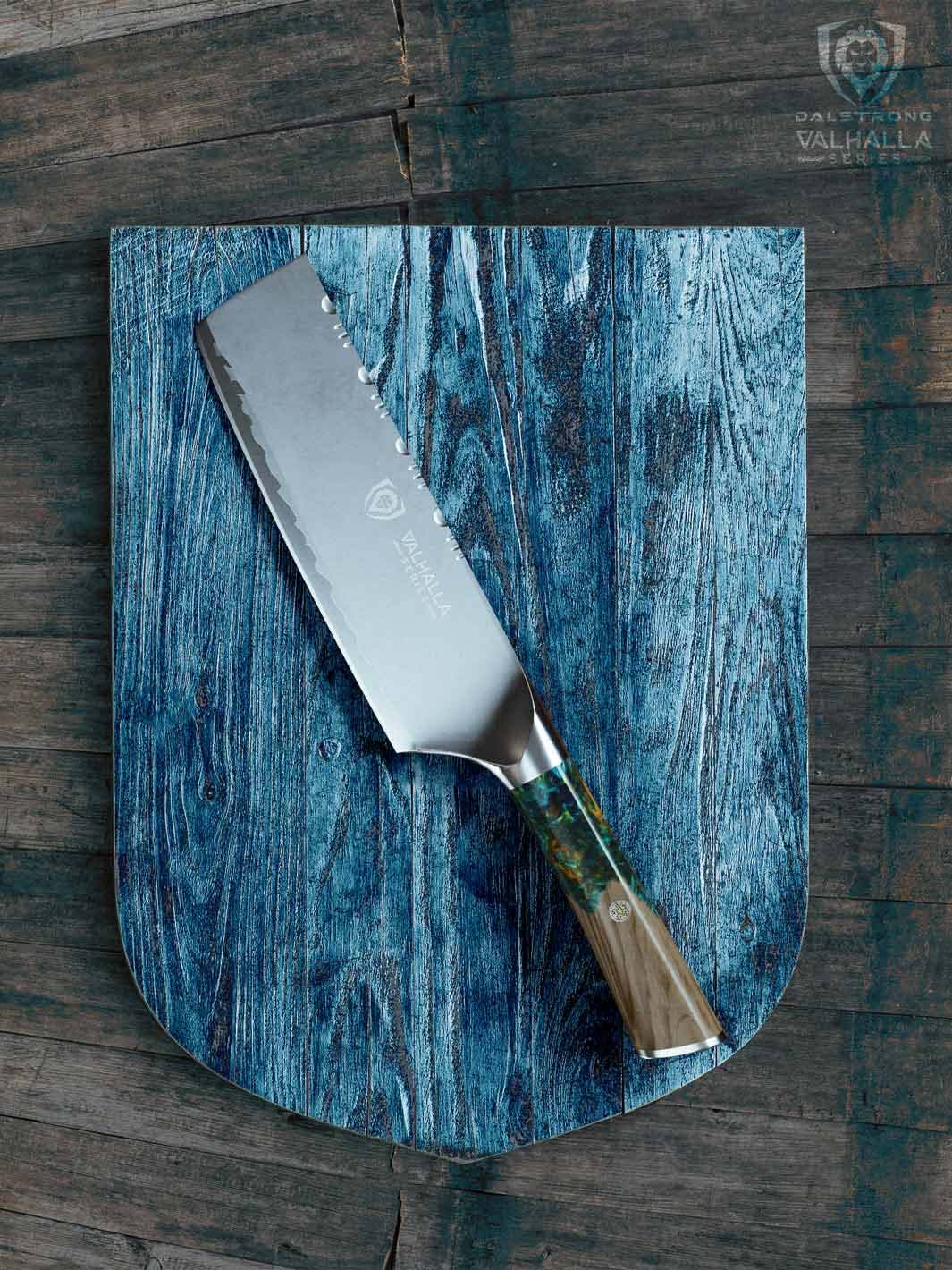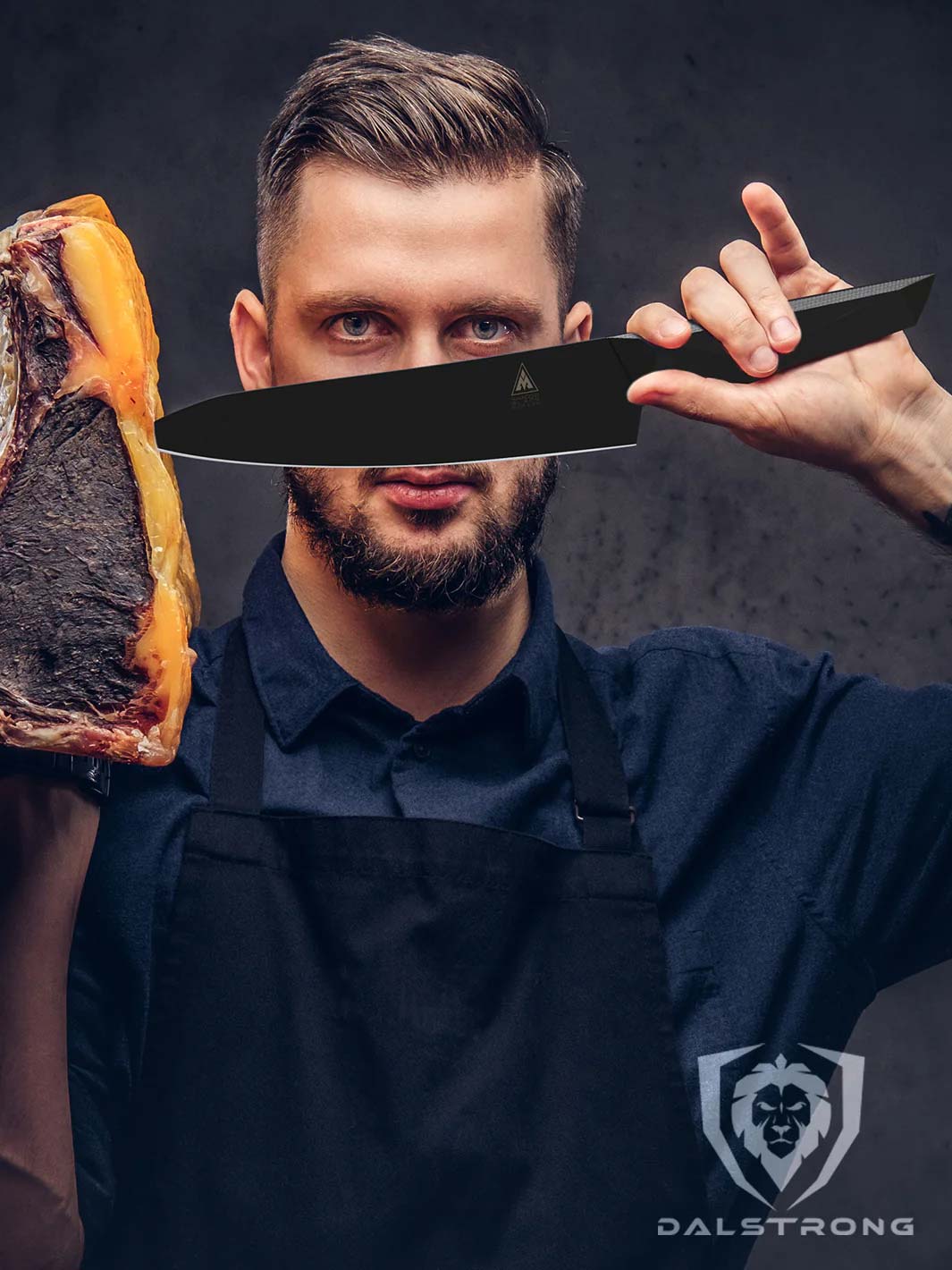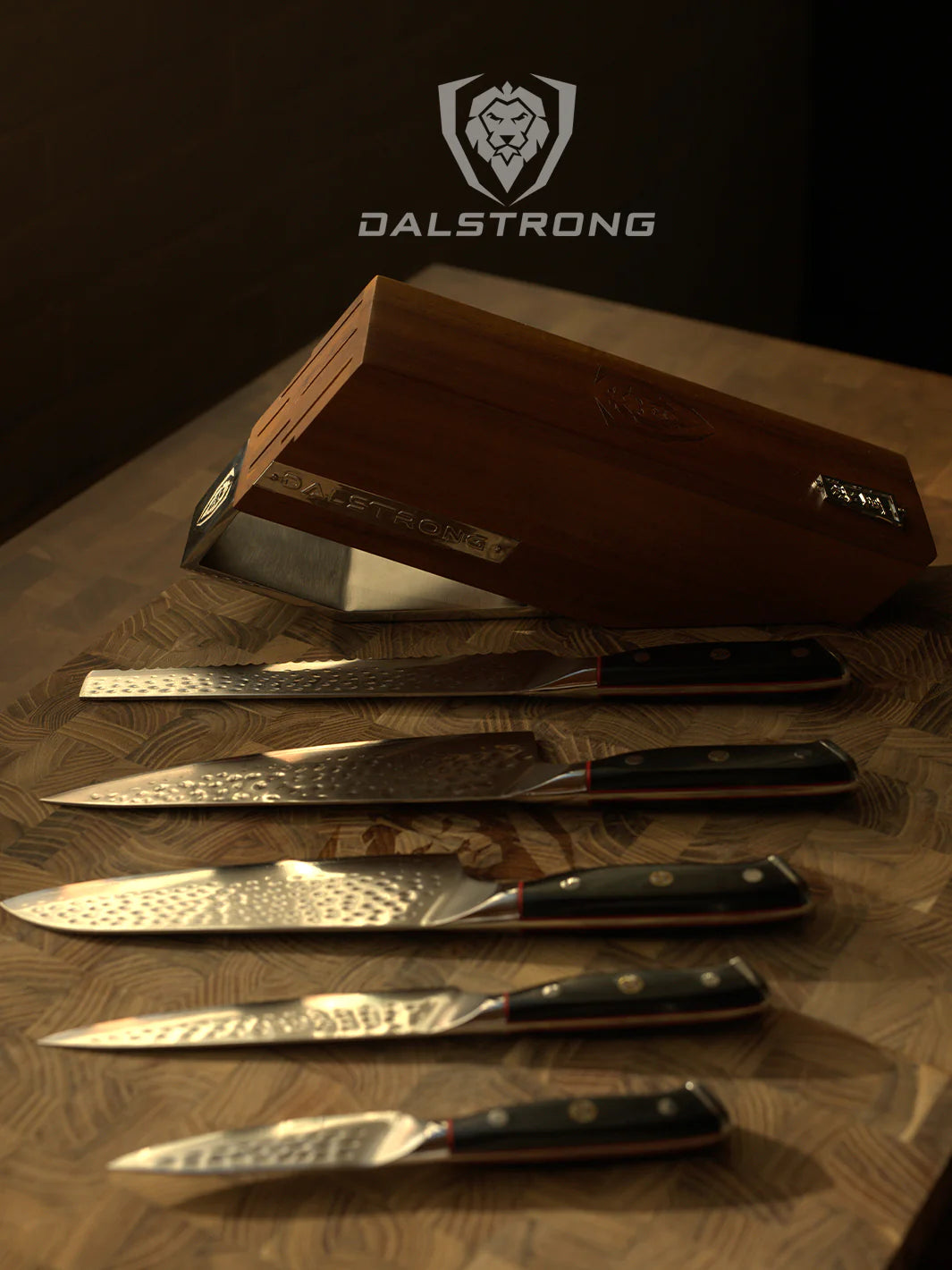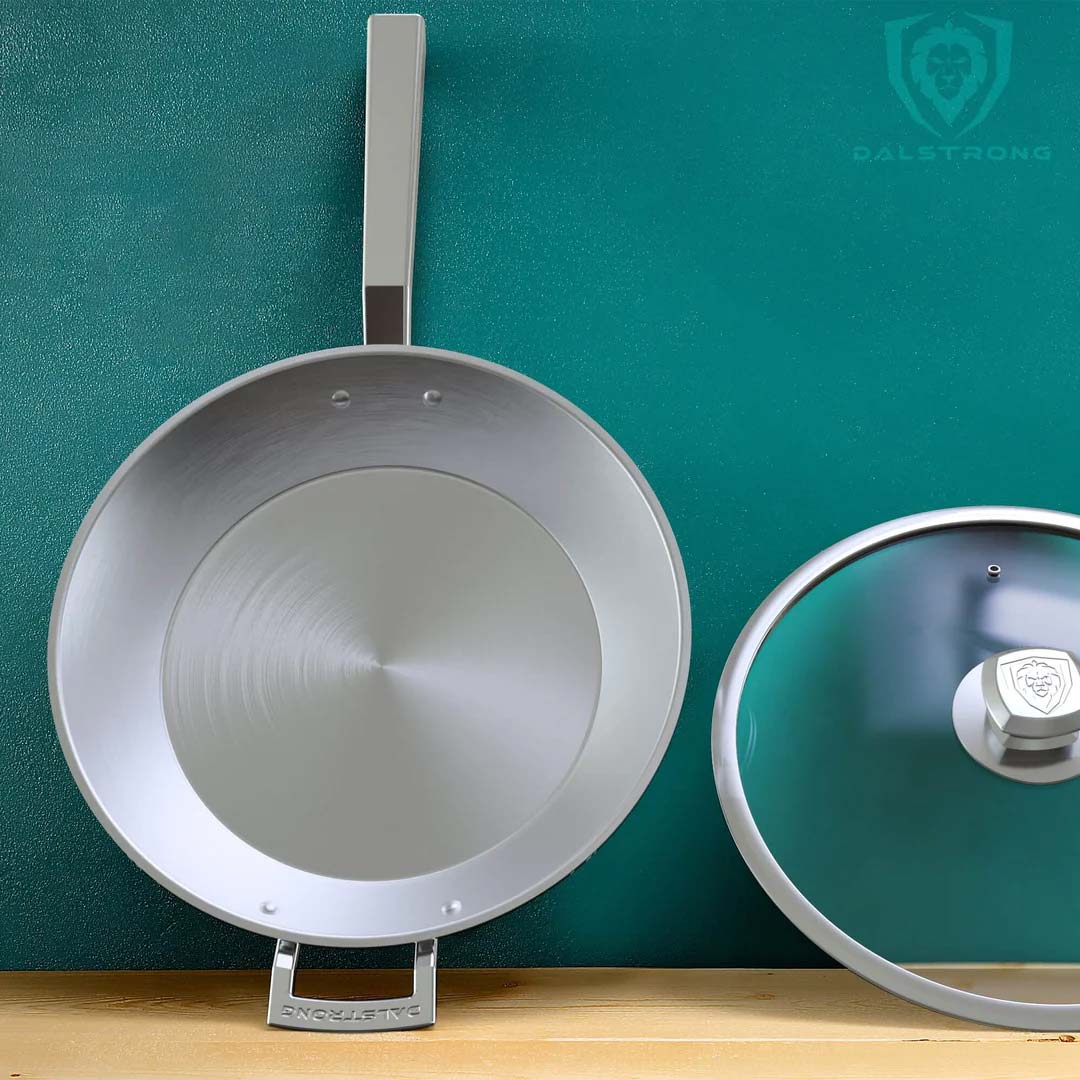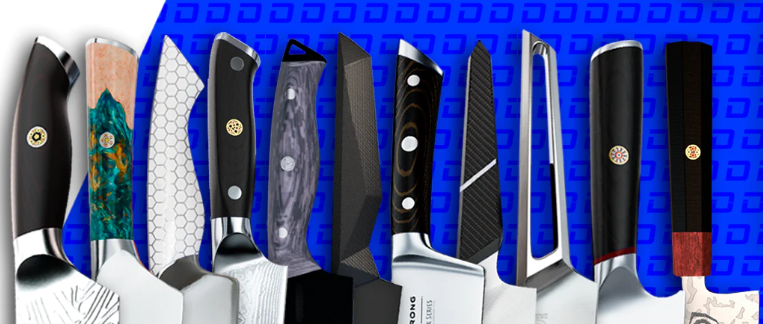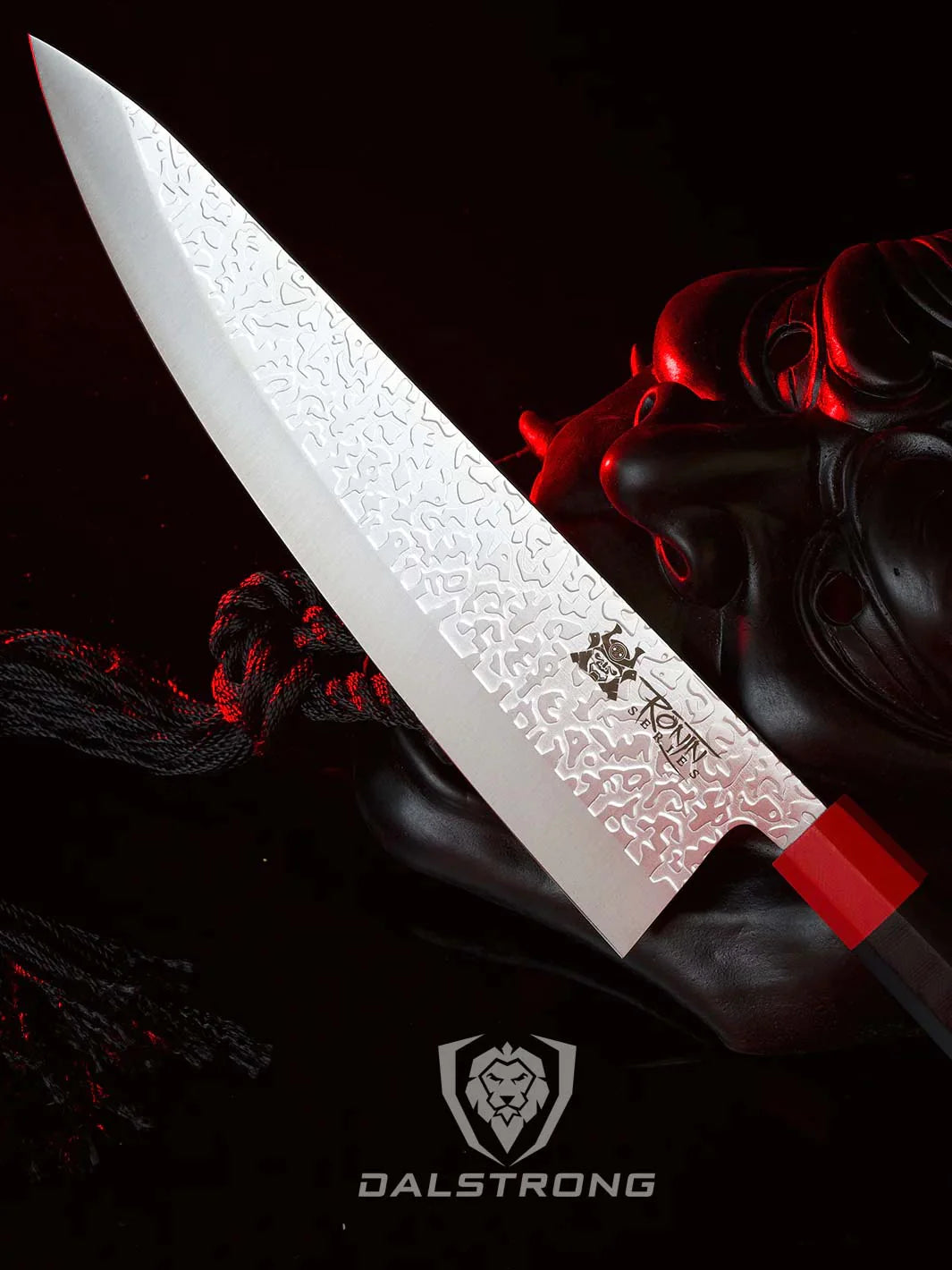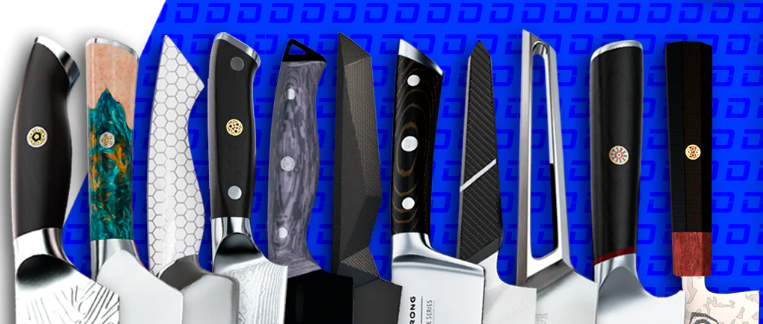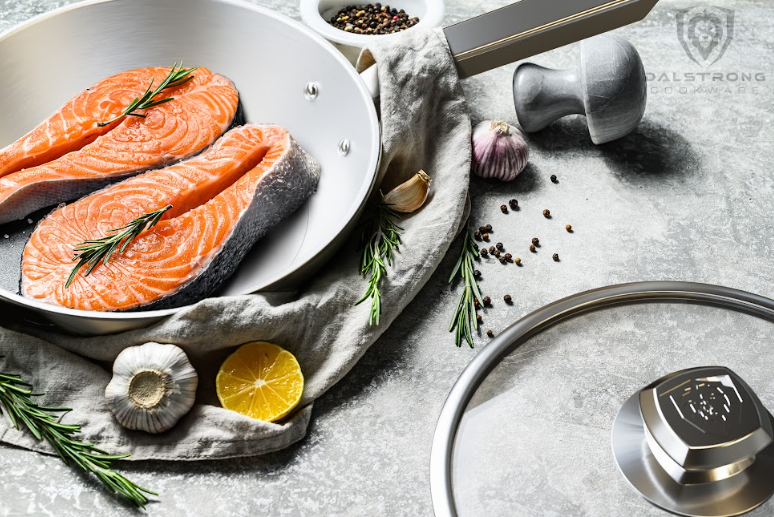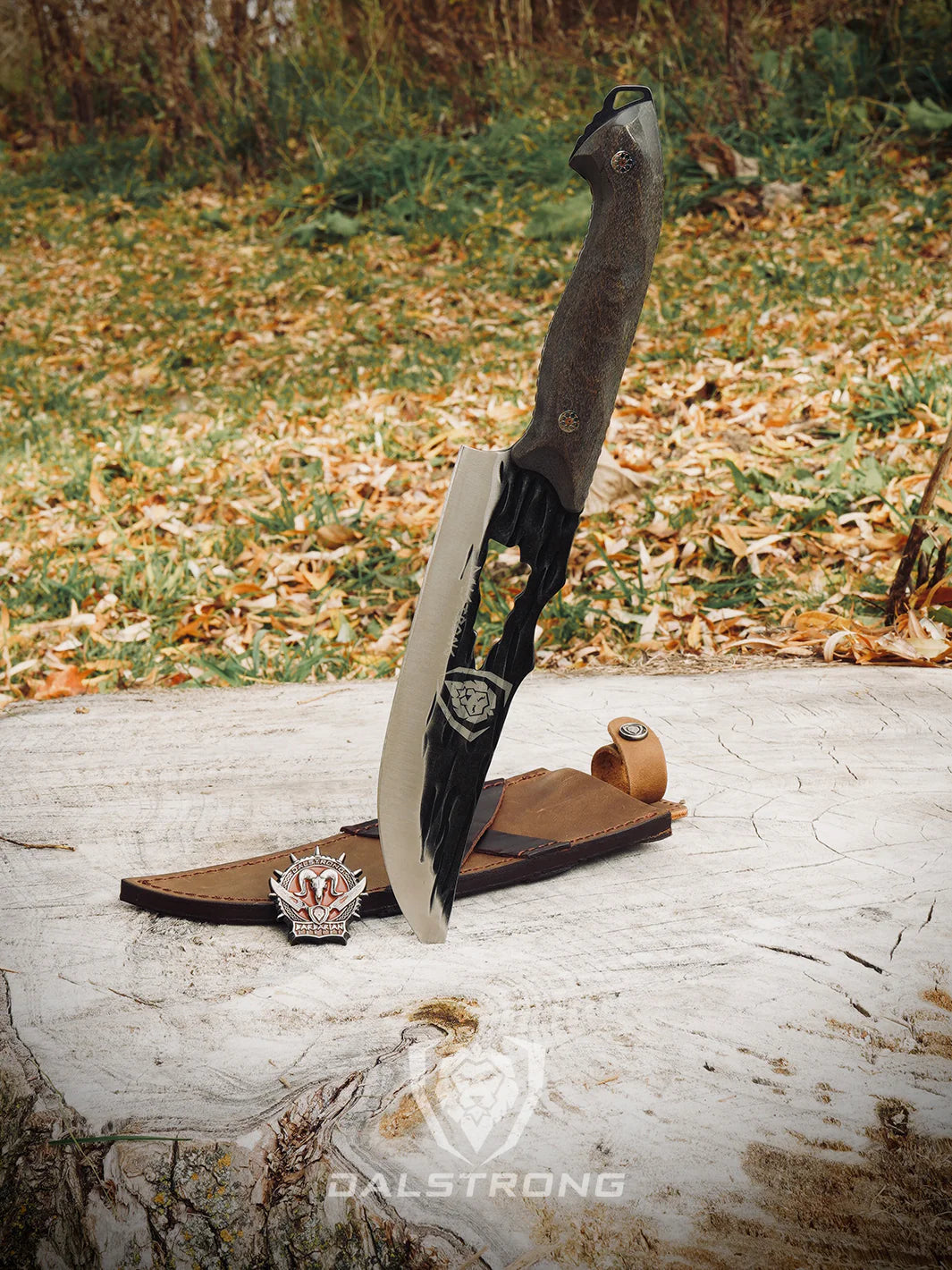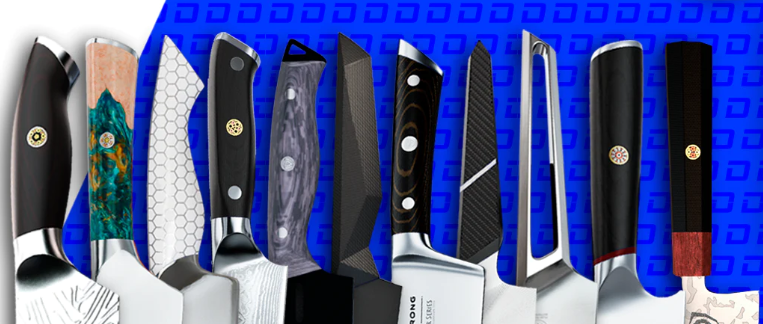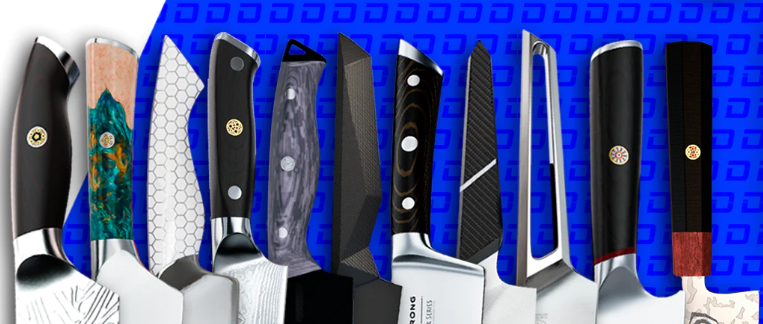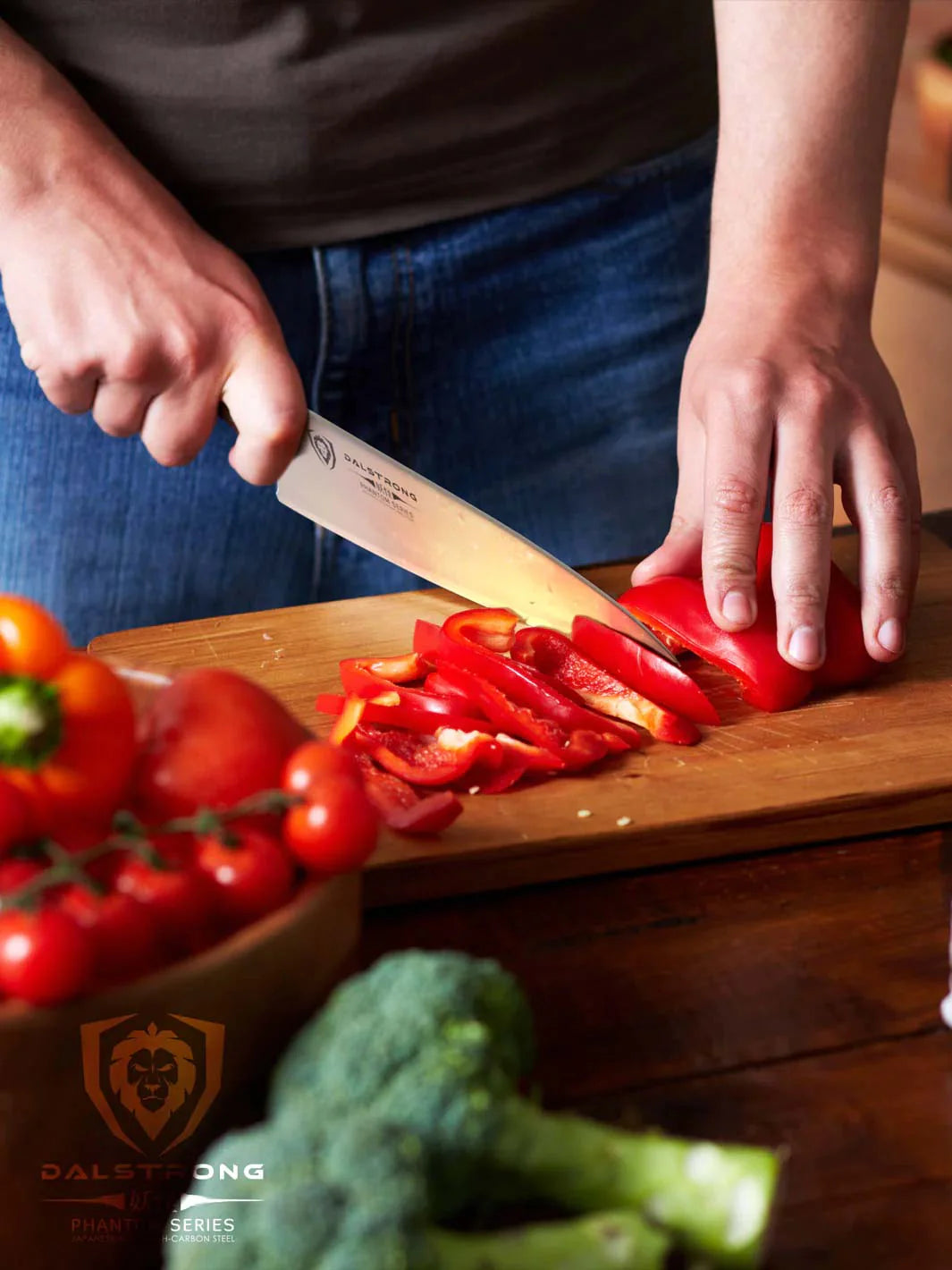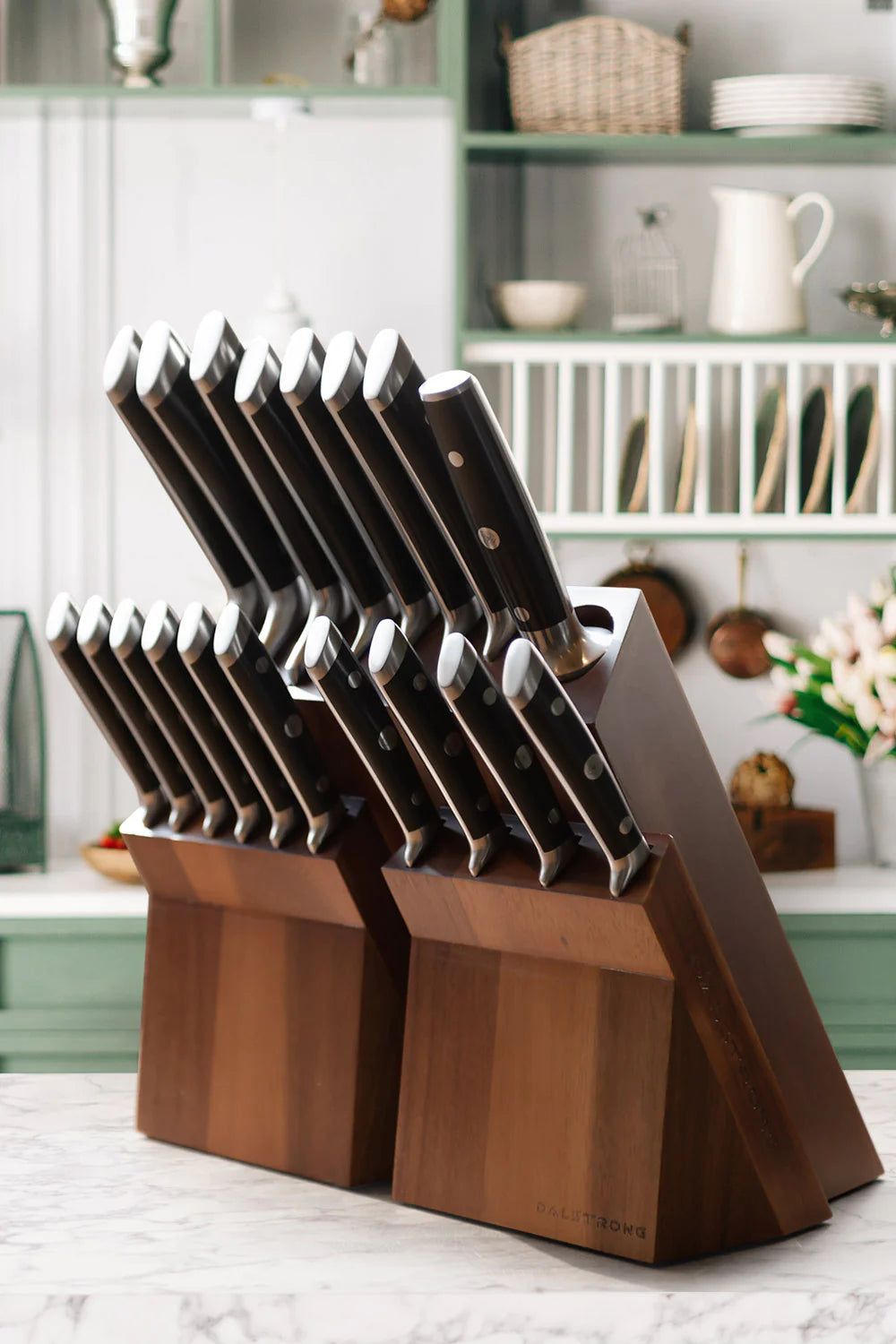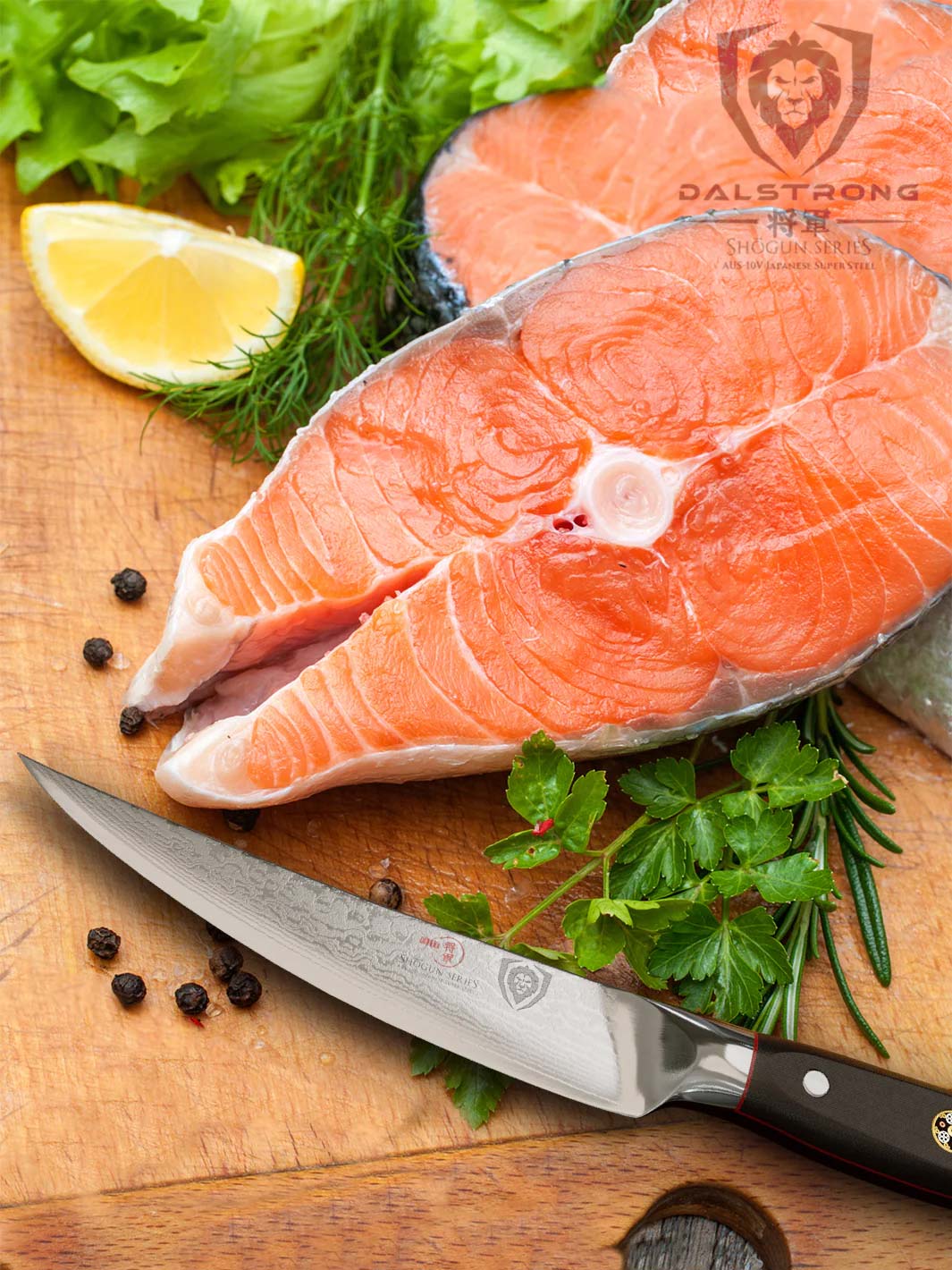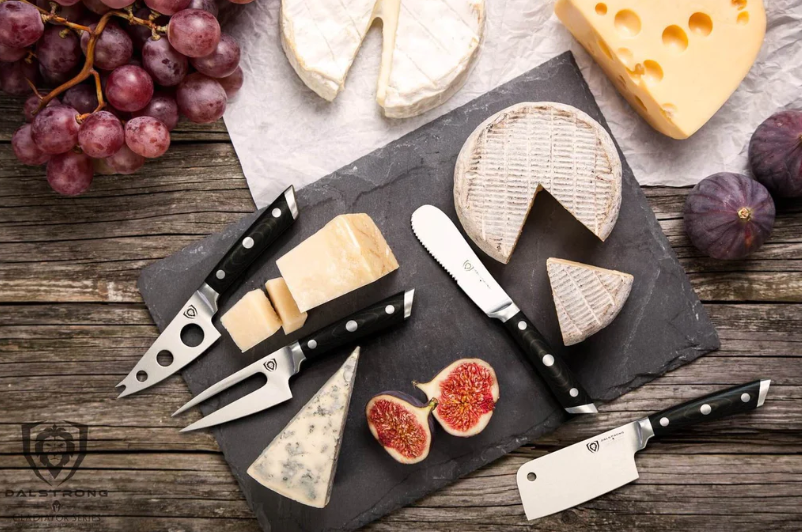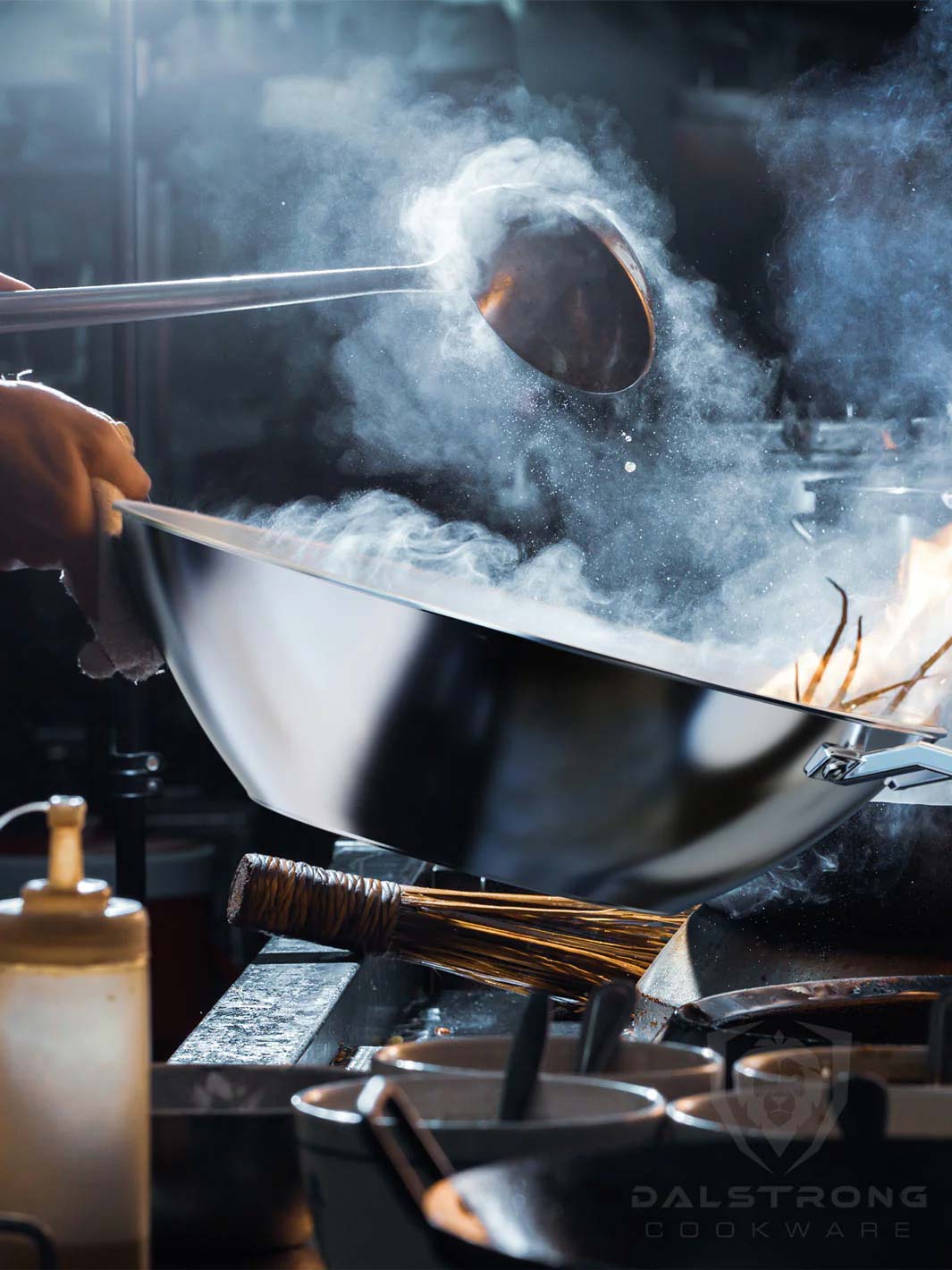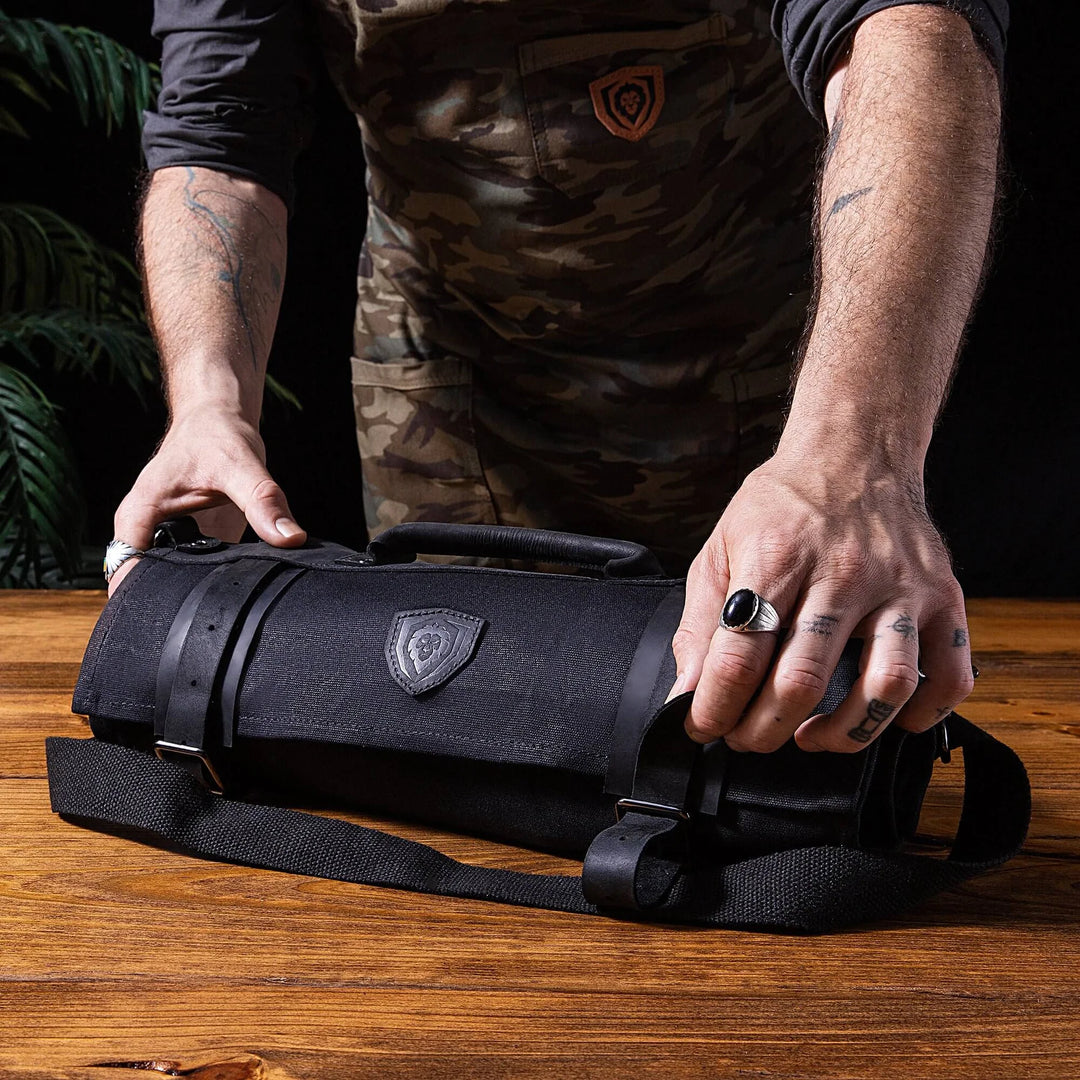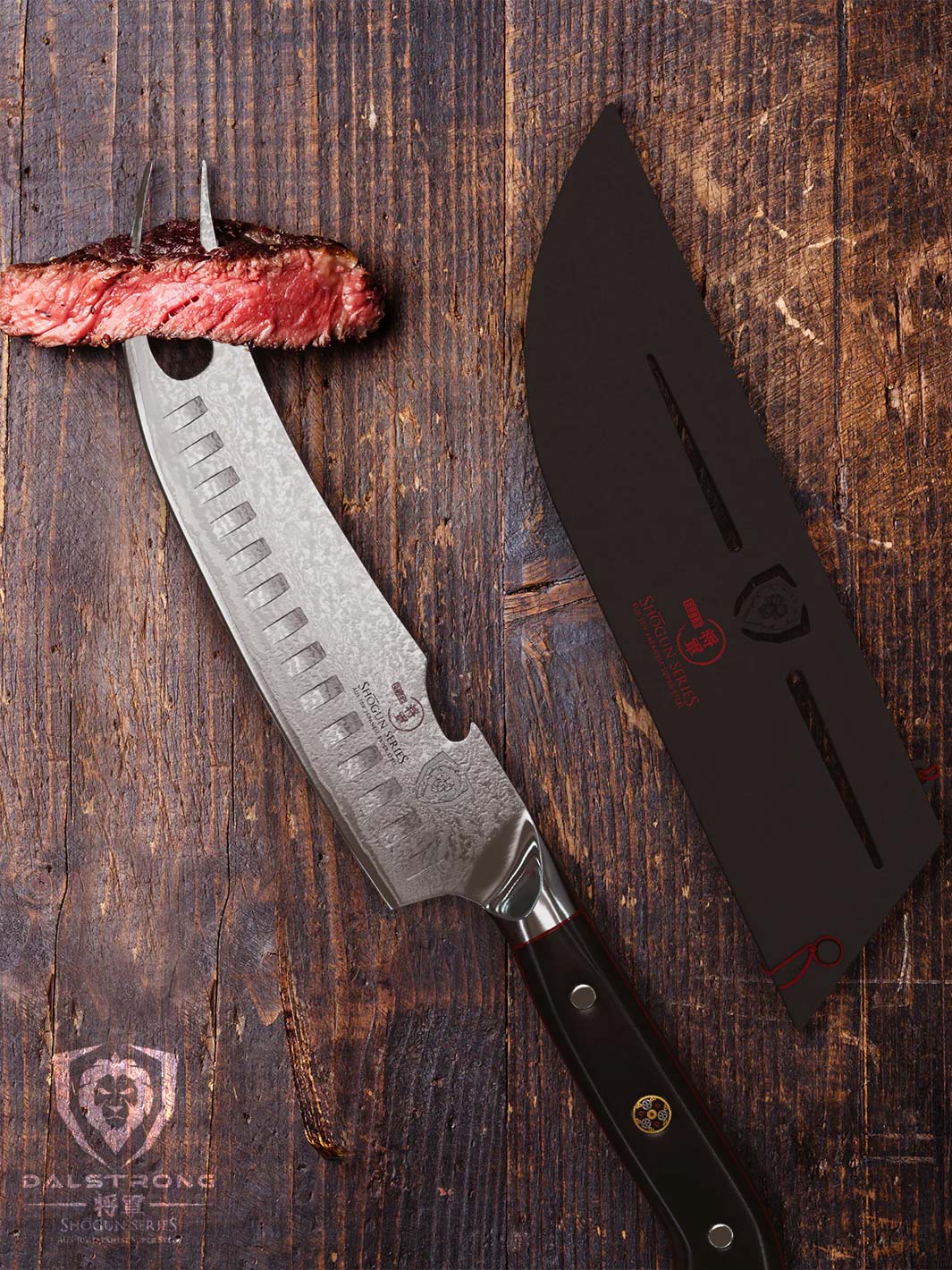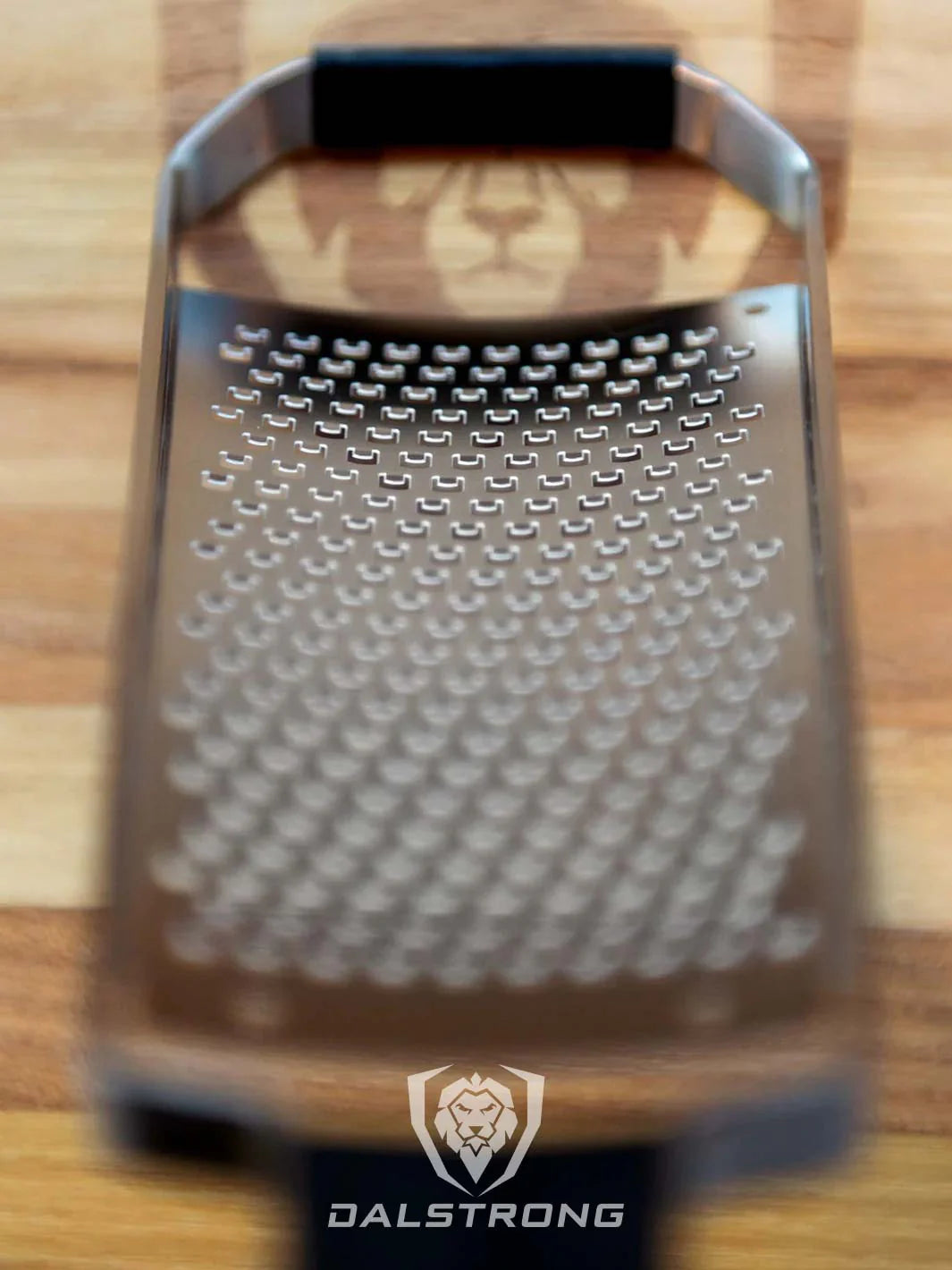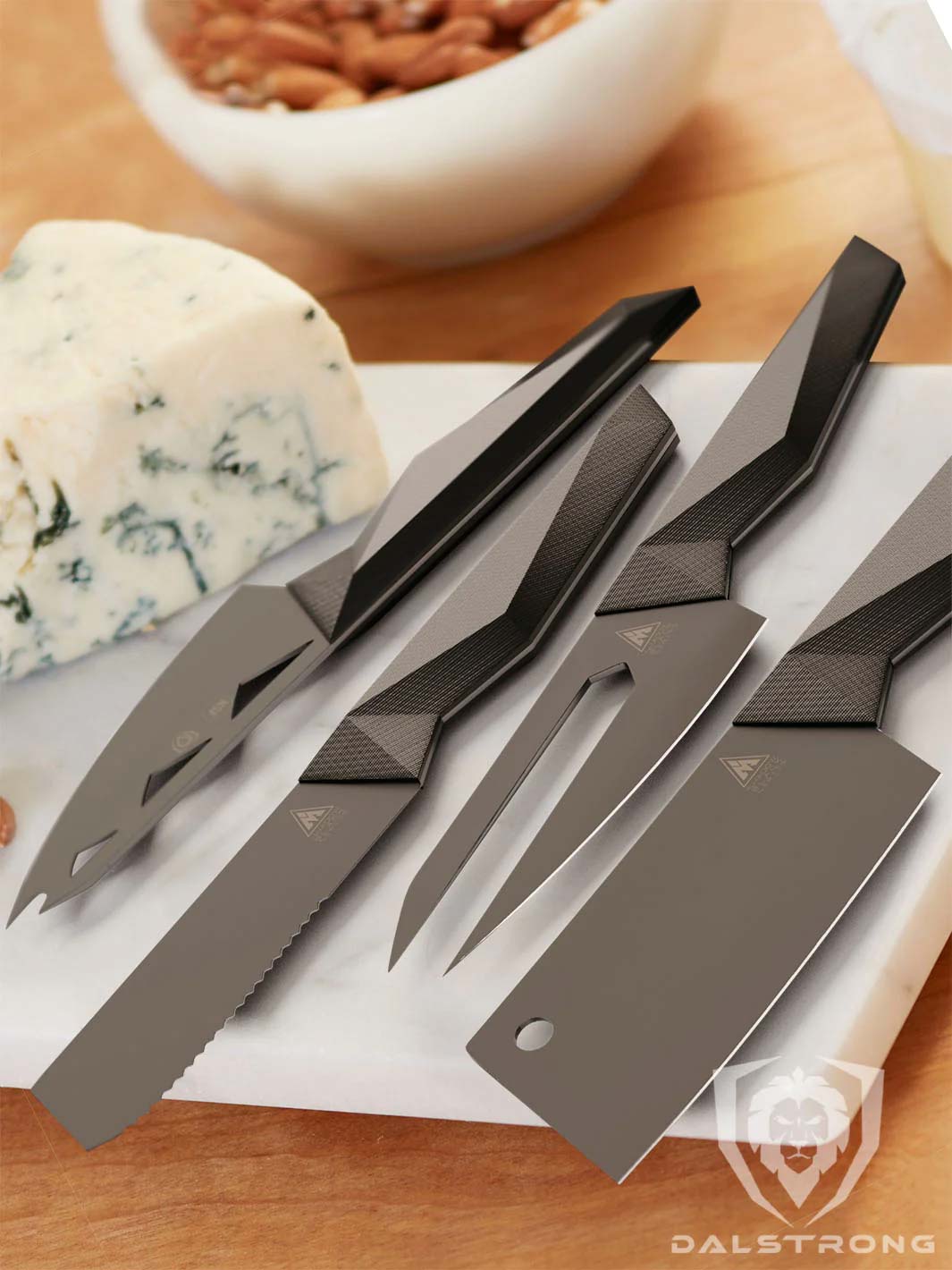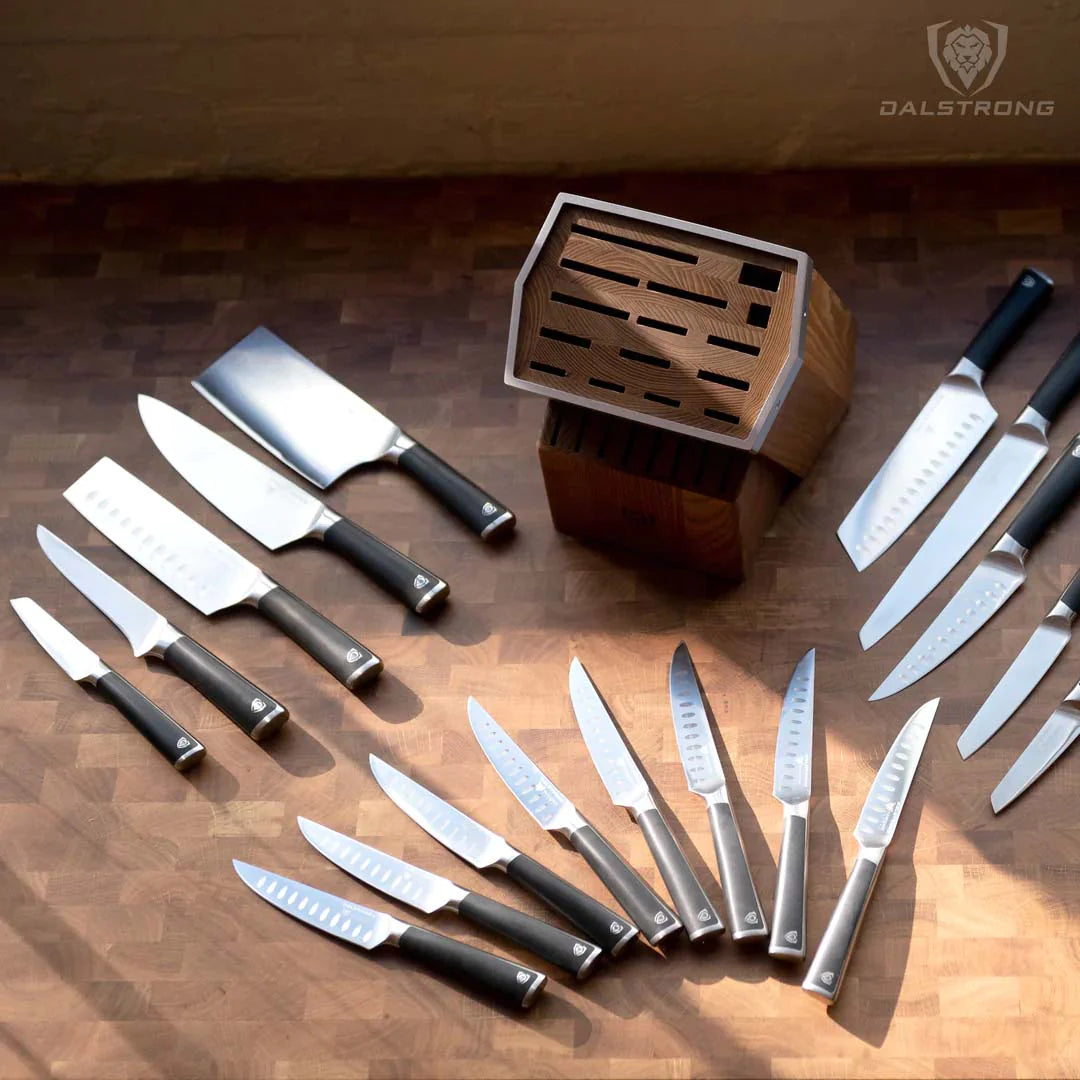Everything You Need To Know About Wok Pans
Oberon Series 12" Silver Frying Pan Wok
A wok is a wide, shallow-domed pot with the ability to get extremely hot when put on a flame. Because of its distinctive shape, it’s able to reach really high temperatures. It is a staple of Chinese cooking, but it’s a surprisingly versatile tool that has many more uses than just stir-frying.
1. Knowing Your Pots & Pans
How many types of pots and pans do you know? Up to a few years ago, before I got way into cooking, I would’ve reacted to this question by blurting out “uh, frying pan… pressure cooker… those big ones with the lid…” and then stammering for several seconds before excusing myself in the sad realization that I have no idea what I am talking about.
The specific type of pan that we’re going to talk about today happens to be one of the more unique types around, with a shape and build that’s both very specifically suited to a certain type of food as well as extremely versatile and adaptable to many types of cooking.
That’s right – today we’re talking about the wok pan. A kitchen tool that might seem a little intimidating at first, but eventually will become one of your closest allies in the battle for culinary mastery. There’s a lot that you can do with it, and many reasons to own one. So let’s get started.
2. What Is A Wok Pan?
 12'' Non Stick Wok | ETERNA | The Oberon Series | Dalstrong ©
12'' Non Stick Wok | ETERNA | The Oberon Series | Dalstrong ©
You’ve most definitely seen a wok before. Its unique shape is extremely easy to recognize, plus it’s been steadily growing in popularity over the last few decades. Some say the wok is the single most important tool in a Chinese kitchen.
A wok is a wide, somewhat shallow-domed pot that has the ability to get extremely hot when cooking on a good flame. Because of its shape, it’s able to reach really high temperatures, helping Chinese food reach that flavorful edge known as “wok hei” or “wok hay” – translating to “the breath of the wok.” Yeah, it’s a thing.
Owning a good wok brings you one step closer to achieving the flavors that professional Chinese restaurants are able to achieve. And it’s not just for stir-frying (although that is one of its most popular uses); a wok pan is a fantastic tool for deep-frying, steaming, or boiling of any kind. The fact that it heats up fast means it can make quick work of boiling noodles (or any kind of pasta).
That’s the thing: even if you’re not a fan of Chinese food (and who isn’t?) the wok is a powerful kitchen implement that can be used for a number of things. It’s a great investment because of its usefulness and versatility, making it a tool that excels in both very specific and very general usage.
Surface area
A wok pan will traditionally have a round bottom rather than a flat bottom, though both types are common. If you ever step foot inside of the kitchen of a Chinese restaurant, you’ll see that they’re cooking on special wok stoves with round openings, designed specifically to cradle a round bottomed wok perfectly.
The advantage of a round-bottomed wok is that it’s able to create a hot spot at the bottom while allowing even heat around the sides of the entire wok. This makes it perfect for cooking smaller portions, and the fact that its sides can also get extremely hot will help your food reach that “wok hay” or “wok hai” we discussed earlier.
Of course, most of us don’t have a Chinese restaurant kitchen with a dedicated wok stove. So for most home cooks, a flat bottomed wok will do just fine – its shape still offers many of the advantages of a wok pan.
Handles & lid
Because of their size and heft, traditional woks will usually have two small metal handles at opposite ends. Nowadays, you can find woks with a single handle used by both professional chefs and home cooks alike. Sometimes you’ll find single-handle woks being used in stir-fry stations, while larger two-handle woks are used for steaming or cooking larger quantities of food.
If you can find a wok that has a main handle as well as a smaller side handle, that’s great. That’s a wok design that’s been gaining prominence over the last few years and it features the best of both worlds, emphasizing cooking usefulness.
As far as lids, you should definitely spring for one. A lot of woks don’t come with the lid, but they’re still a useful kitchen implement to have for wok cooking. If you’re using a wok for steaming, stewing, or braising, you should look into finding a suitable lid. In a pinch, you can use the lid from other pots and pans, if you find one that fits.
Weight
A wok pan will tend to be considerably heavier than a skillet of a similar size, though of course this will depend on the material of your wok (we’ll get to that in a moment). This is due to its overall width, which is perfectly suited to create those heat pockets we discussed earlier and bring the food up to high temperatures.
Volume
How much can a wok pan fit? This is another area where its shape comes in handy. Because of the shape of it, you’ll find that you can put a higher amount of food in the same amount of space. This is going to be really helpful when braising or shallow-frying foods in liquids.
However, do keep in mind that you don’t want to overcrowd your wok. Cooking in batches that are too large is counterproductive to wok cooking. You need to control the amount of moisture as well as other cooling influences on your wok that will bring its temperature down. Remember: the name of the game here is “high heat.”
3. What To Look For When Shopping For A Wok Pan
 12'' Frying Pan Wok | The Oberon Series | Dalstrong ©
12'' Frying Pan Wok | The Oberon Series | Dalstrong ©
So we’ve established what a wok pan is, and hopefully made you want to go out and find the wok pan of your dreams. But, of course, it’s not really that simple. There are a few key things to take into consideration when shopping for that perfect cooking wok pan.
So here are a few key considerations to be on the lookout for.
MaterialsAs you might imagine, a type of pan as popular as a wok has many variations when it comes to cooking materials. There’s cast iron woks, carbon steel woks, stainless steel woks, and much more. They each have their own advantages and drawbacks. Let’s talk about them.
A cast iron wok is one of the most traditional versions of this pan. Some of the oldest cookware is made from cast iron, so as you might imagine, cast iron woks were used across China for years in every household.
Cast iron woks are pretty heavy, and cast iron requires seasoning and extra care after every use (and develop and maintain a nonstick surface). Cast iron is a good choice, but it’s also a lot of work. If you’d rather have a pan that best serves you (instead of a pan you have to constantly look after), there are other choices out there.
Carbon steel woks are another very popular option. Walk into a Chinese restaurant kitchen and we’ll bet you’ll find them cooking on carbon steel woks. The thing about carbon steel woks is that they have many of the advantages of cast iron woks, without most of the drawbacks.
Carbon steel woks are fairly inexpensive and tend to be lighter than cast iron. Carbon steel woks also season nicely over time, creating their own kind of nonstick surface. They’re not exactly easy to take care of (you still have to work to create and maintain that shiny nonstick patina), but carbon steel woks might still be a great choice for you.
And of course, there’s stainless steel woks. Unlike carbon steel woks or cast iron woks, stainless steel woks are non-reactive; this means they’re good for cooking vinegary or acidic foods, which might mess with the seasoning in your carbon steel wok.
Stainless steel woks are also relatively lightweight (although some of the tri-ply woks can be quite heavy) and don’t rust. They’re easier to take care of, too; after washing your wok, you don’t have to heat it up to dry and apply a thin coat of oil like you do for a cast iron or carbon steel wok. All you have to do is wash it with a light scrubber. Very low maintenance.
Stainless steel woks transmit heat very quickly, which can help achieve that wok hei effect. And as we mentioned before, another key advantage is that these stainless steel woks are non-reactive, so cooking acidic dishes like sweet and sour chicken or vinegar based dishes won’t be a problem.
When shopping for a stainless steel wok, you’ll want to look for triple-layer construction. This refers to a layer of aluminum that is clad between two layers of stainless steel. The reason this is important is that aluminum and stainless steel need to work together to achieve the optimum heating.
Aluminum transmits heat very rapidly, while stainless steel does it much more slowly. However, stainless steel is much better at maintaining its temperature when you add your cold foods. So these two materials work together to heat evenly and maintain the heat while you use your wok pan. Stainless steel wok pans are great, and some come with a nonstick coating.
Shape & sizeAs we mentioned before, if you don’t have a kitchen with a dedicated wok stove, a flat bottom wok will do just fine. For most home cooks, a wok should be between 10” and 12”; this is the perfect size for stir-frying and using the wok’s shape to your advantage. Any more than that will be unwieldy and hard to use.
Nonstick wok?Though you might get a stern look of disapproval from the traditional-minded cooks, nonstick wok pans are great. Nonstick woks definitely have a place in your cooking arsenal, especially if your wok is made of stainless steel (since it won’t develop its own nonstick surface).
When looking for nonstick wok pans, pay special attention to the temperature safety. Most nonstick wok manufacturers will indicate the recommended safe temperature to maintain your nonstick coating.
BudgetIf you’re just starting out on your culinary journey you might be tempted to go the cheap route. It’s common for newbies to find a set of cheap products and think “wow, I can get all of this for only $30?!” Of course, in these instances you’re buying cheap, low-quality products that will result in lower quality food and you’ll just be replacing them within a few days.
The truth of the matter is that you get what you pay for. The sad reality is that if something sounds extremely cheap, it likely won’t perform very well in the kitchen. Next thing you know you’ll be burning your food or cooking them unevenly because of bad heat retention from your cheap wok pan.
A wok pan is an investment. While it’s always good to be budget conscious, don’t sacrifice quality for convenience. This goes for just about any kitchen appliance.
4. Differences Between Wok Pans and Stir-Fry Pans
 12'' Non Stick Wok | ETERNA | The Oberon Series | Dalstrong ©
12'' Non Stick Wok | ETERNA | The Oberon Series | Dalstrong ©
So wait, what’s the difference between a wok pan and a stir fry pan? After all, isn’t a wok pan specifically meant for stir-frying? Yes and no.
A stir-frying pan is basically the modern, western version of a wok. It was designed to suit the modern western kitchen, and thus it’s a bit better suited to cooking with induction surfaces, electric stoves and gas stoves. While this sounds great, the downside is that stir frying pans can’t attain the same level of heat that a wok pan can.
As far as their usage, the main difference between a wok and a stir fry pan is the time it takes to cook. Because of this difference in temperature, woks work much quicker than stir frying pans. Not only that, but stir-frying pans require every part of the food to be in contact with the bottom, while woks are better at distributing heat throughout all sides of the pan.
Stir-frying pans have their advantages for sure, mainly that they’re easier and more convenient to use. Overall, we’d say that stir-frying pans are better for when you’re just starting out in your cooking journey, while the wok is a better tool for experienced home cooks.
5. Fried Chicken Recipe in a Wok Pan
 12'' Frying Pan Wok | The Oberon Series | Dalstrong ©
12'' Frying Pan Wok | The Oberon Series | Dalstrong ©
People seem to be under the impression that woks are only for stir-frying. This couldn’t be further from the truth; as we’ve discussed, there’s a lot to wok cooking, and wok pans are fantastic for cooking all kinds of things. And to put this to the test, we’re going to share how to make fried chicken with a wok pan.
This is a simple and delicious recipe just about anyone can cook at home, and the wok pan will make it even easier.
Ingredients
For this recipe you’ll need sunflower cooking oil (for deep-frying), 8 skinless boneless chicken thighs, as well as…
|
2 tablespoons |
Paprika |
|
2 tablespoons |
Garlic granules |
|
1 teaspoon |
Chili powder |
|
1 teaspoon |
Black pepper |
|
½ teaspoon |
Dried oregano |
|
1 |
Chicken stock cube |
|
500ml |
Whole milk |
|
2 tablespoons |
Cider or white wine vinegar |
|
1 |
Egg |
|
100g |
Self-raising flour |
|
100g |
Cornflour |
|
¼ tablespoon |
Tumeric |
Step 1. First we’re going to make the spice mix. To do this, simply combine your paprika, garlic granules, chili powder, black pepper, oregano, and chicken stock cube.
Step 2. Next we’re going to make the buttermilk marinate. Whisk the milk with the vinegar, egg, half a teaspoon of salt and 1 tablespoon of the spice mix in a bowl or deep plastic container.
Step 3. Open the chicken thighs and put them between two pieces of baking parchment, then flatten them out using a rolling pin. Transfer them to the marinade, then simply cover them and chill for 4 hours, or overnight.
Step 4. Make the coating by combining the flours and turmeric with most of the remaining spice mix (make sure to reserve one teaspoon) and a pinch of salt.
Step 5. Drain the chicken thighs, but reserve the marinade. One by one, dredge each thigh in the flour, then dip in the reserved marinade, then dredge again in the flour. Make sure to press on as much as you can so that it’s fully coated. When you’re done, transfer the coated thighs to a large plate.
Your chicken is ready for frying. Now on to our friend the wok. And if you’ve never deep fried in a wok before, you might be getting a bit nervous right about now. Don’t worry, this is easier than you think, and trying it out will open a lot of doors for your wok cooking.
First, fill the wok with oil until you’ve reached your desired oil depth. Place a deep frying thermometer into the oil and heat it up until it reaches a consistent 375 degrees fahrenheit.
From there, carefully drop your chicken into the hot oil (two or three thighs at a time, depending on the size of your wok). Keep an eye out for oil splashes.
Once your chicken is golden brown and has reached an internal temperature of 160 F, remove it from the oil and dry it on a paper towel.
Boom. Crispy, delicious fried chicken made in a wok pan.
6. Best Wok Pans To Buy
Here are our recommendations for the very best wok pans to buy.
1. 12" Frying Pan Wok | Silver | Oberon Series | Dalstrong
This is a fantastic silver wok pan that not only looks incredible but is made of high-grade materials, featuring 3-ply aluminum and stainless steel for top-notch conductivity and low effort cleanup. An absolutely gorgeous piece of cookware, and an incredible performer in the kitchen.
PROS:
- 3-ply aluminum core fused with thick additional layers of non-reactive stainless steel.
- Layers of satin and nylon polish for additional scratch resistance.
- Oven and broiler safe (up to 600 degrees F).
- A great value for the price.
- Comes with a perfectly fitted glass lid.
- Incredible heat conductivity.
CONS:
- This is not a nonstick wok. If you’re looking for a nonstick wok, check out the option below.
- Pretty understated, traditional look (while remaining elegant).
2. 12" Frying Pan Wok | ETERNA Non-stick | Oberon Series | Dalstrong
Here we have another gorgeous 12” wok. This one features the ETERNA nonstick technology, making this a fantastic choice if you’re looking for a nonstick wok.
PROS:
- A great pan that will last for decades, with its thick gauge layers of nonreactive 18/10 stainless steel.
- Oven safe for up to 500 degrees F to maintain its nonstick coating.
- State-of-the-art ETERNA nonstick coating, proven to last 26 longer than the competition.
- Just a great-looking piece of cookware.
CONS:
- As we said above, there are legitimate arguments against getting a nonstick wok pan as your first one, but there are also considerable advantages to it.
7. Frequently Asked Questions
What is the purpose of a wok pan?
Wok pans can be used for tons of stuff, but many would say that its main (and most popular) use is for stir frying. Its shape and surface area is uniquely suited for stir frying meats and vegetables, and it can handle the heat of a professional stove.
Is a wok pan worth it?
Yes, wok pans are worth buying! Wok pans aren’t among most home cooks’ first choice when it comes to essential pots and pans, but those who start using them usually swear by them. Its shape and unique geometry makes it an extremely useful pan for a number of meals, not just stir frying.
What is the best material for a wok pan?
Carbon steel woks are very popular, as are cast iron woks, but they each come with their own drawbacks. Cast iron woks are particularly tricky to take care of. The best material for a wok pan is a 3-ply stainless steel wok, where aluminum and stainless steel work together for optimum heat distribution.





































































































































































































